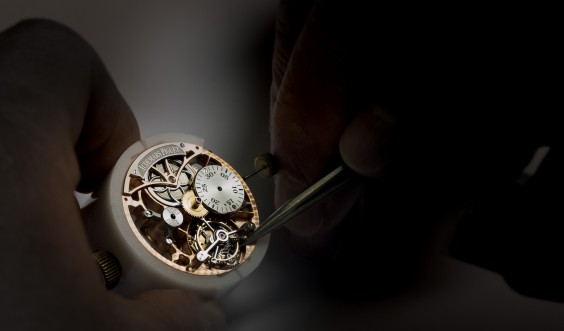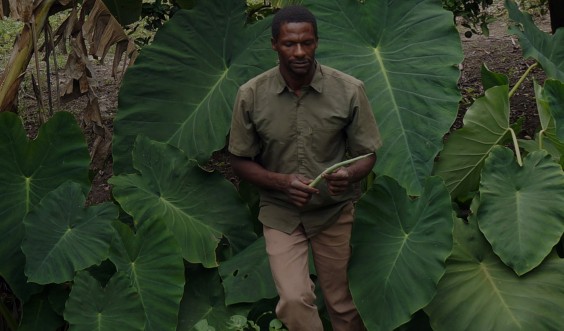The Audemars Piguet Foundation has been contributing since 1992 to the cause of worldwide forest conservation through environmental protection and youth awareness-raising endeavours.
The Board of the Audemars Piguet Foundation is chaired by Mrs Jasmine Audemars, daughter of Jacques-Louis Audemars, who initiated the Foundation in 1992.
The Foundation supports projects coordinated by not-for-profit associations and non-governmental organisations on a worldwide level, in order to help communities to protect a lifestyle and culture that respect the environment.
Our approach aims to initiate a virtuous circle of sustainable development through projects led in collaboration with the people they affect, to raise awareness among young people, uphold age-old knowledge, and foster skill development in order to better build a sustainable future.
The Foundation is no longer accepting new financing requests. Beginning in 2024, it will invite those organisations that are eligible for support to submit a request. Any spontaneous request for funding will therefore not be considered, except during a predefined call for projects period. Further information will follow in due course.

The Swiss NGO ProAct Network believes a motivated rural community is the best defence against the destruction of biodiversity. This conviction guided a project funded by the Audemars Piguet Foundation in Ranobe, to the south-east of the island.
Ten sites identified as high priority have benefited from a programme involving the replanting of traditional varieties. The crops from this rehabilitated land, an ecotourism initiative, and the creation of commercial outlets for the crops has enabled the local inhabitants concerned to increase their income.
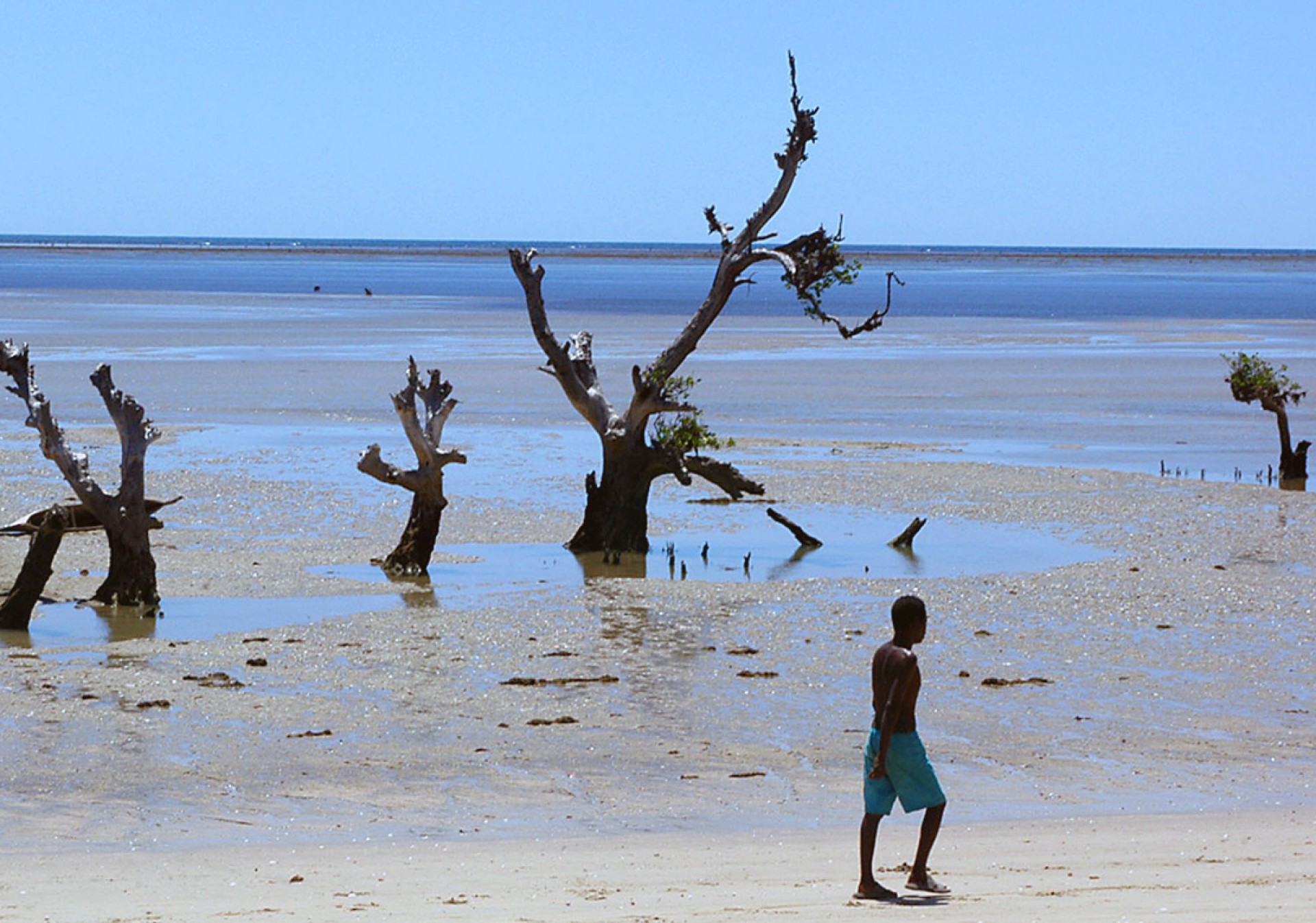
In the Cerrado, a vast savannah ravaged by mining activity, burning campaigns and monoculture, the Audemars Piguet Foundation is financing the creation of family nurseries and a training cycle for young farmers.
These initiatives are part of a programme by the Entraide Protestante Suisse (EPER - Swiss Interchurch Aid) designed to help families recreate the biodiversity of their lands and escape from poverty.
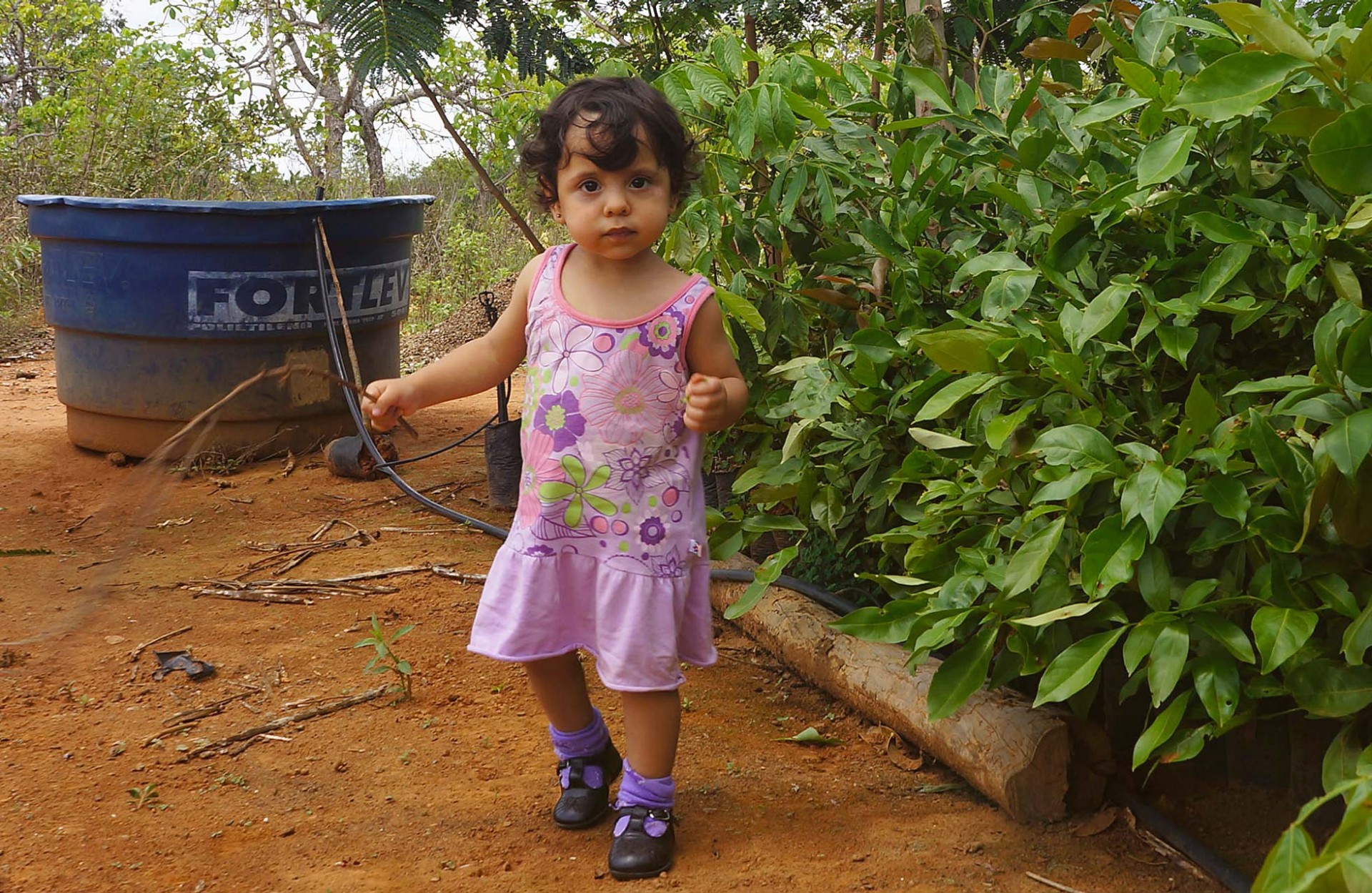
The Audemars Piguet Foundation has made a major contribution to a global programme in El Salvador initiated by One Drop, the NGO set up by Guy Laliberté, founder of Cirque du Soleil. The Foundation has planted twelve thousand trees - to slow down the erosion that is causing water sources to run dry and to supply families with fresh produce - built 200 economically efficient wood-fuelled cooking stoves, and delivered training to 500 young people through educational workshops.
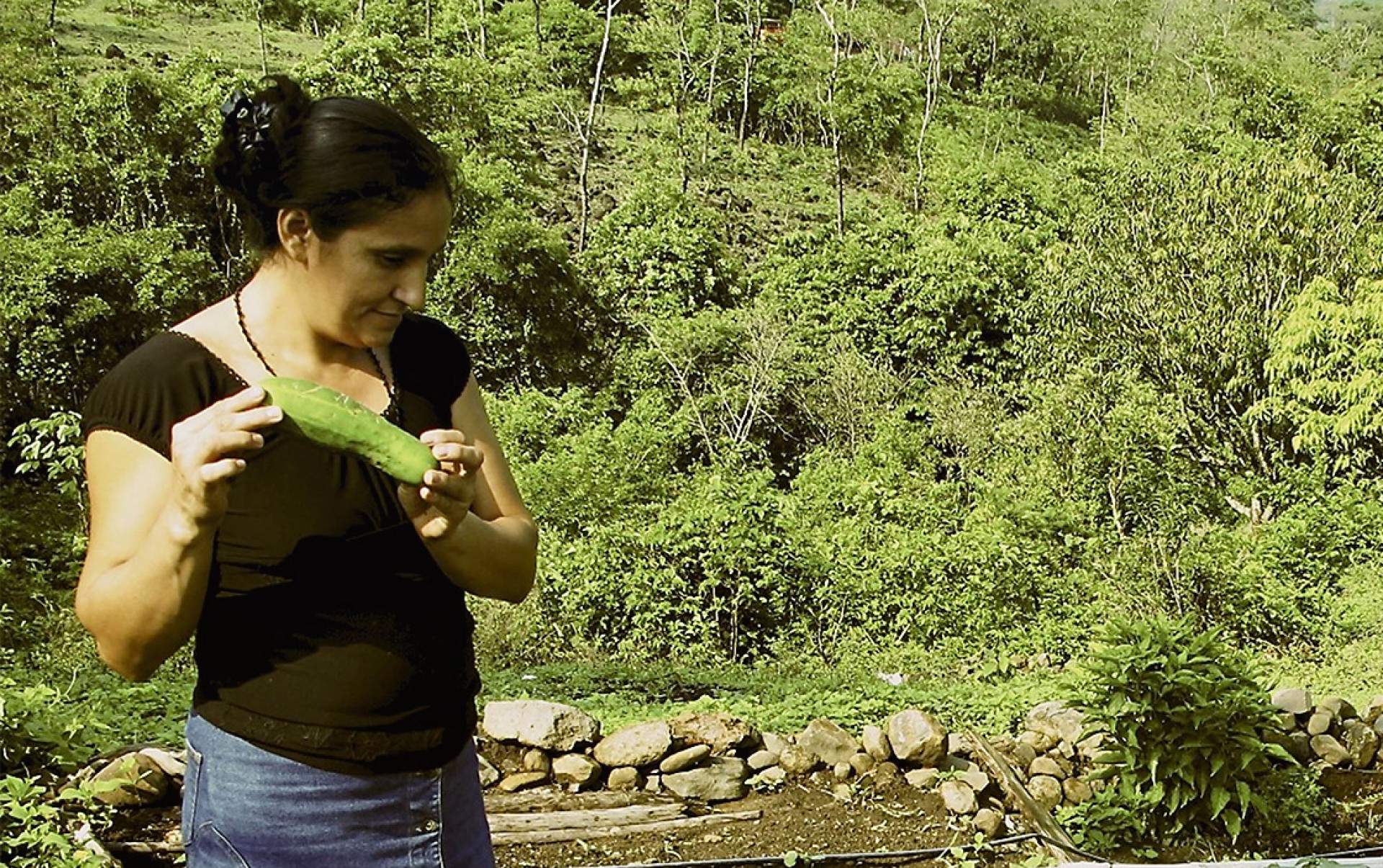
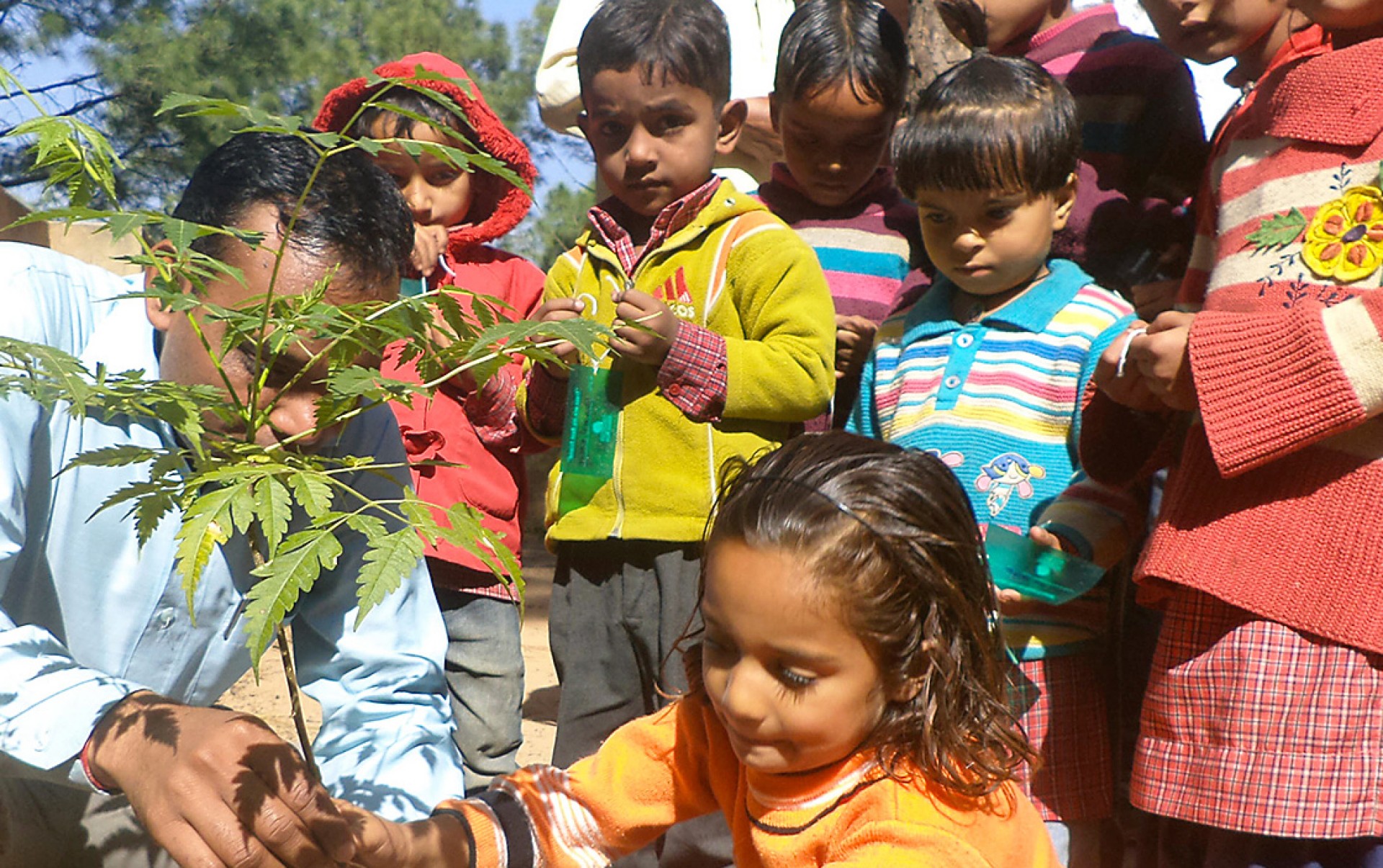
The project initiated by the NGO “Humana People to People” started with the creation of nurseries in ten towns in Haryana and Madhya Pradesh.
The planting was done by children and accompanied by thematic programmes delivered by specially trained project teachers. Over ten thousand children took part.
Adults became involved through events organised by the teachers and children.
Taking an organised approach through FORMADAT, the “forum of the indigenous peoples of the highlands of Borneo”, the Dayaks need support to reinstate time-honoured farming practices, gain the organic status that will enable them to sell their products at a fair price, and remain custodians of the biodiversity of their homeland.
The WWF International’s intervention, backed by the Audemars Piguet Foundation, falls within the scope of the “Heart of Borneo” project launched by the Indonesian and Malaysian governments.
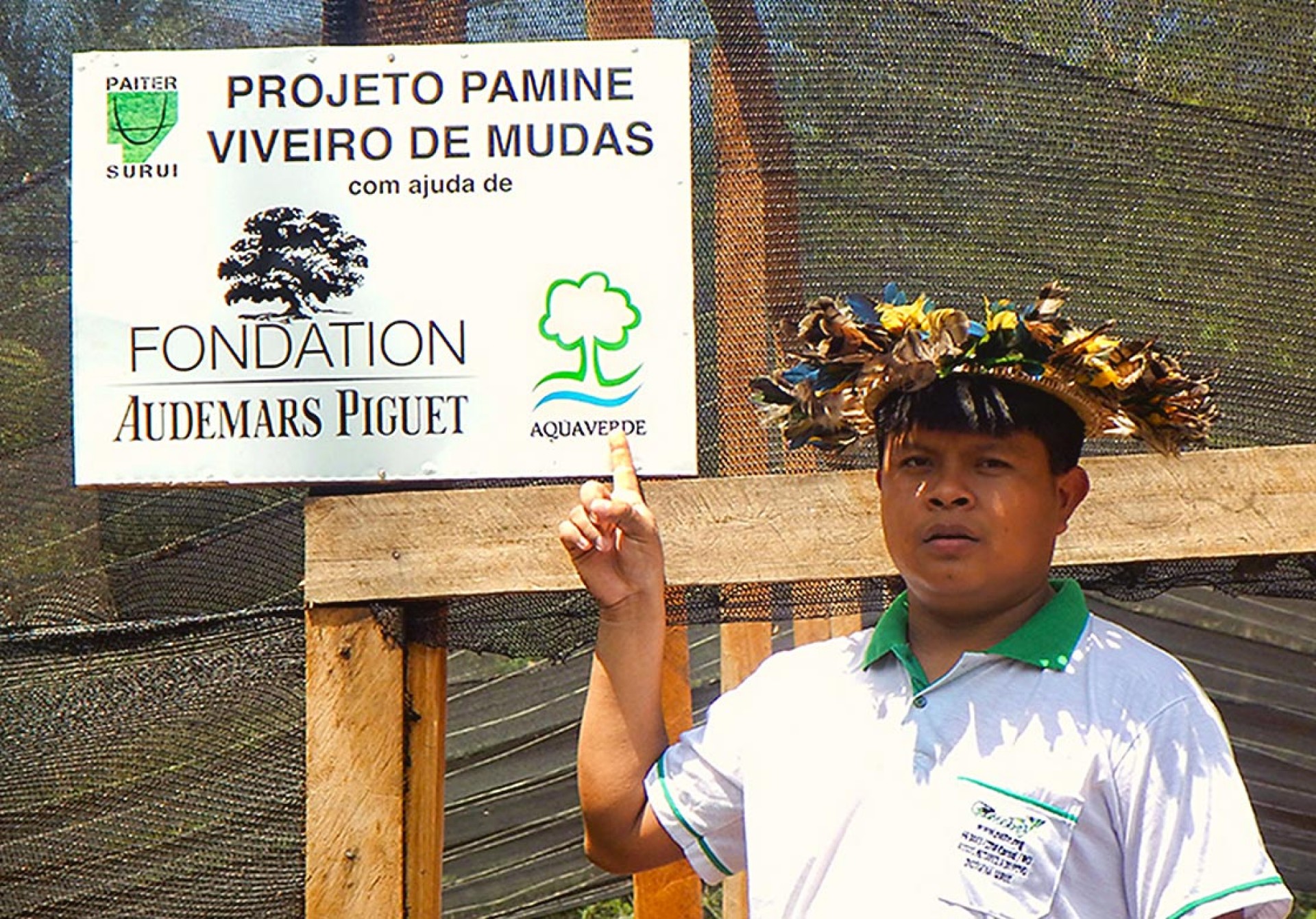
Through the Swiss association Aquaverde, the Foundation financed the production of over a hundred thousand plants in five nurseries managed by the Surui people.
The Surui faced extinction following their first contact with foreigners in 1968. Today they number a little over 1,300 and are working with determination to rebuild their forest heritage. It is the cornerstone of their way of life, combining ancestral traditions and modern management practices.
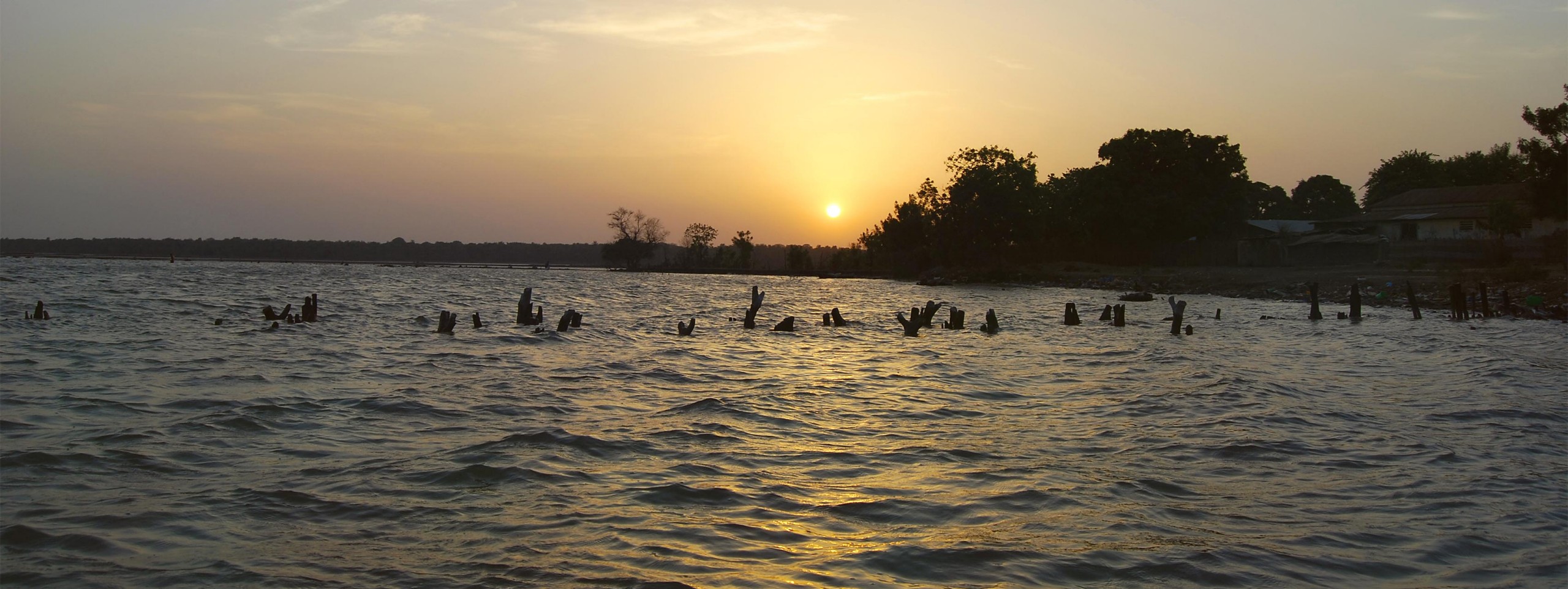
Upon the request of the “Association of fishermen and fish merchants of Balantacounda”, the Foundation financed the replanting of mangroves in the Casamance River in order to restore the piscicultural fauna
In a region in which desertification is gaining on the land, the first axis of the project was to create isolated patches of vegetation in soil restored by the presence of trees. Two thousand trees were entrusted to five hundred orphans. Nearly two hundred volunteers, trained by around forty project managers, ensured support for these orphans and led the workshops: tree care, of course, but also information about AIDS, health and nutrition advice.
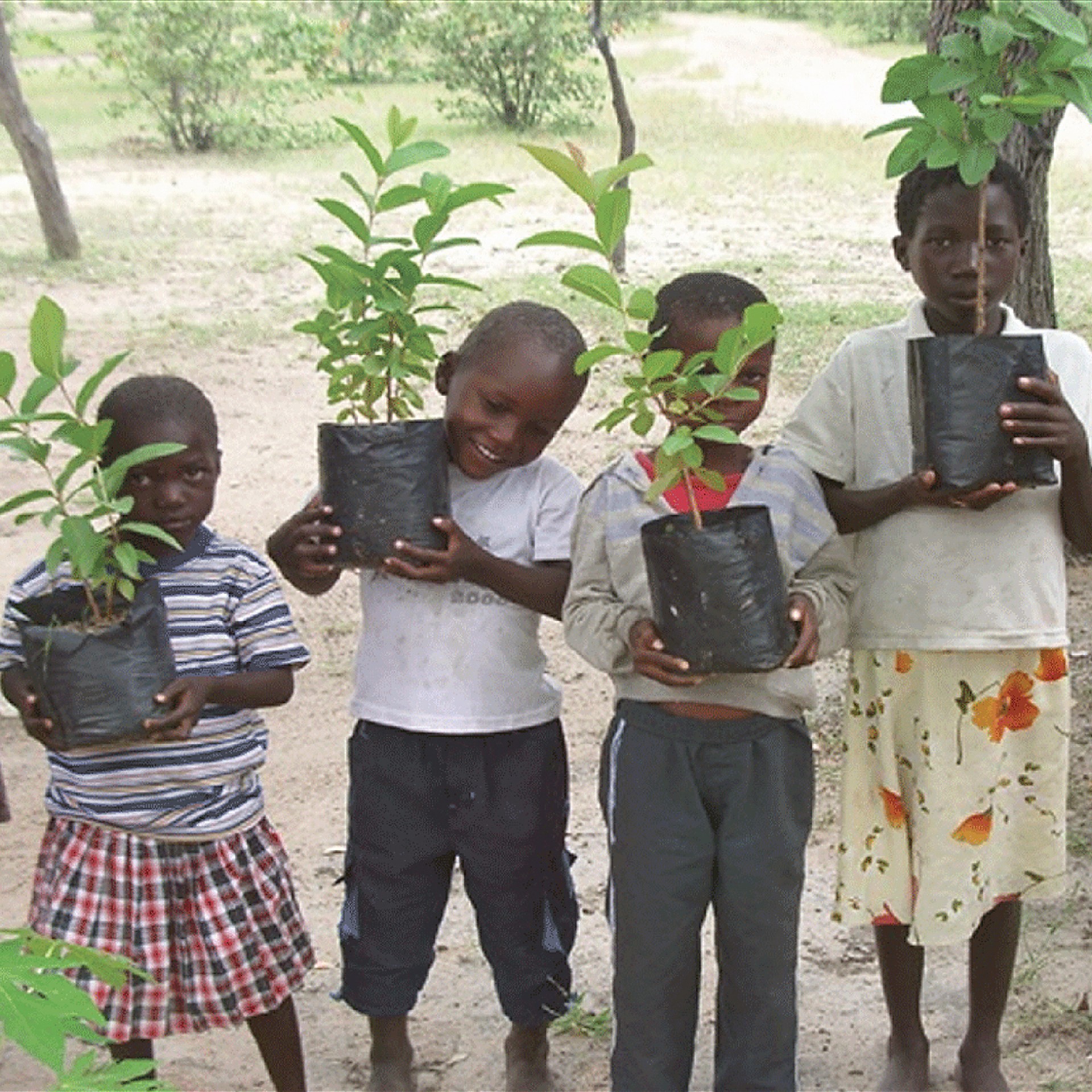
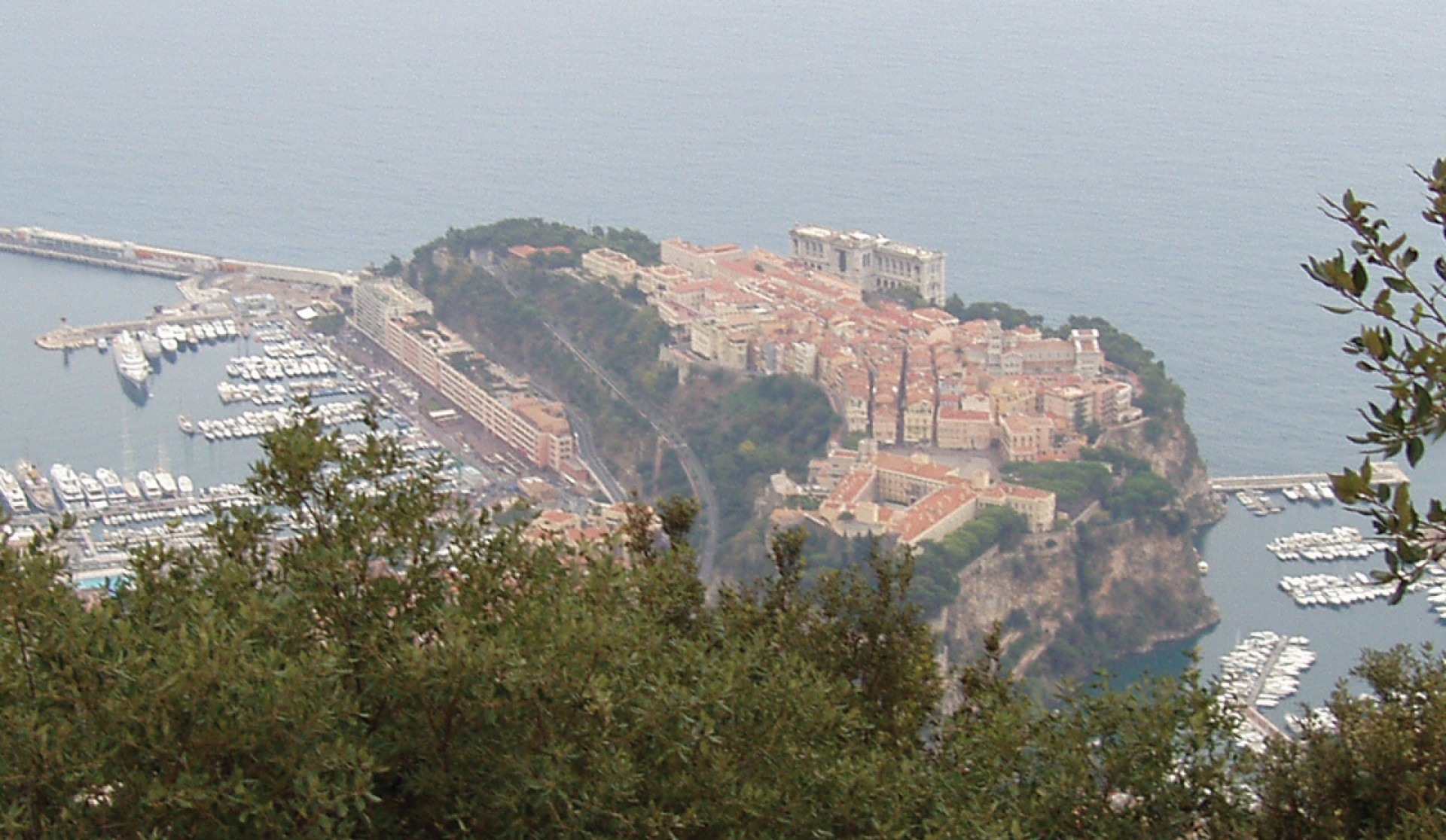
The Foundation’s first project, the reforestation of this rocky spur that overhangs Monaco represented a great feat for French foresters: six thousand Aleppo pines, around twenty centimetres high, were planted by hand on these steep slopes that were ravaged by violent fires in 1986 and 1989.
In order to allow the original biodiversity to be reconstructed, basins of around fifty centimetres in depth were dug in the rock in order to implant isolated patches of scrubland.
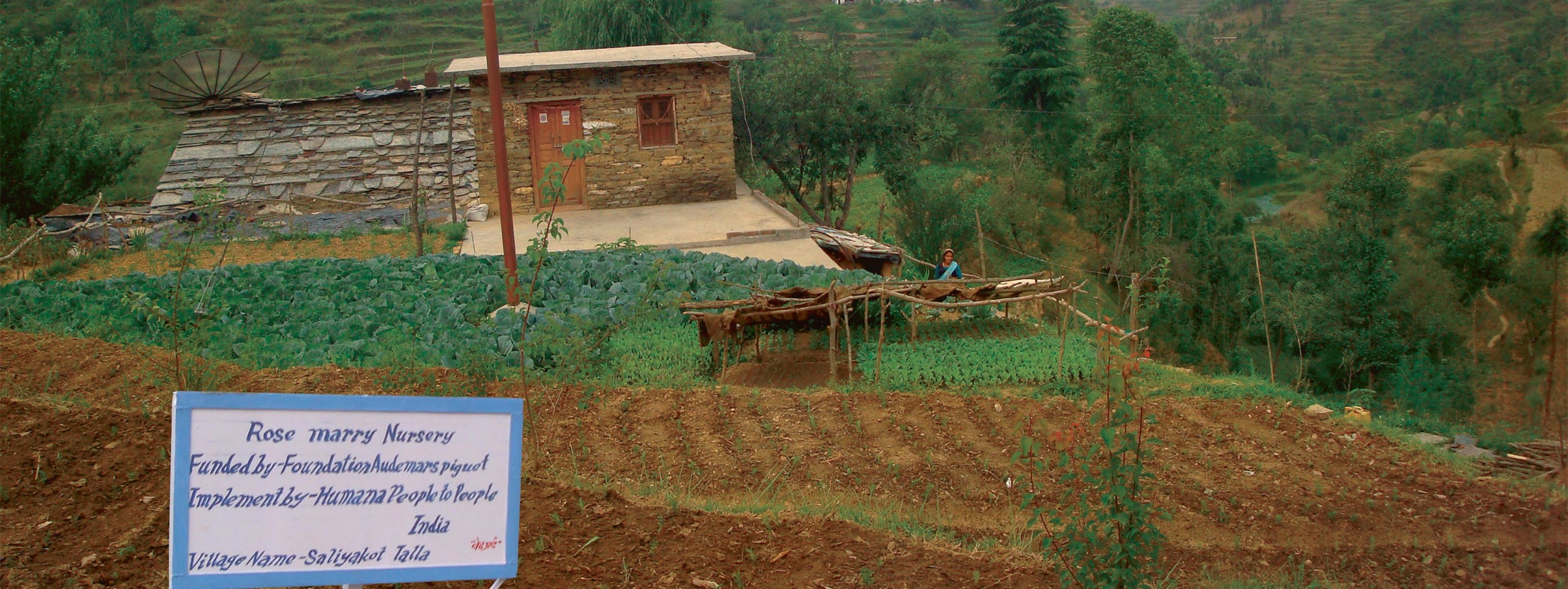
In the foothills of the Himalayas, the region of Nainital is threatened with rural depopulation. The NGO “Humana People to People” replanted twenty-five thousand trees and shrubs in order to stabilise the terraces and revitalise the springs. Workshops about water management and rediscovery of traditional agricultural methods completed the project.
Rosemary, a herb that is highly prized in cities and brings supplementary revenue to farmers, was planted on the edges of fields.
The Tapada de Mafra, a historic royal game park north of Lisbon, was almost entirely devastated by fire in 2004.
Having cleared the area of all the charred wood, the Tapada’s managers planted mainly cork oaks everywhere that natural reforestation did not apply. Each plant is protected from the game that has returned to the Tapada following the fire. An “Audemars Piguet educational trail” today serves as a reminder of the Foundation’s participation in the recreation of this natural environment.
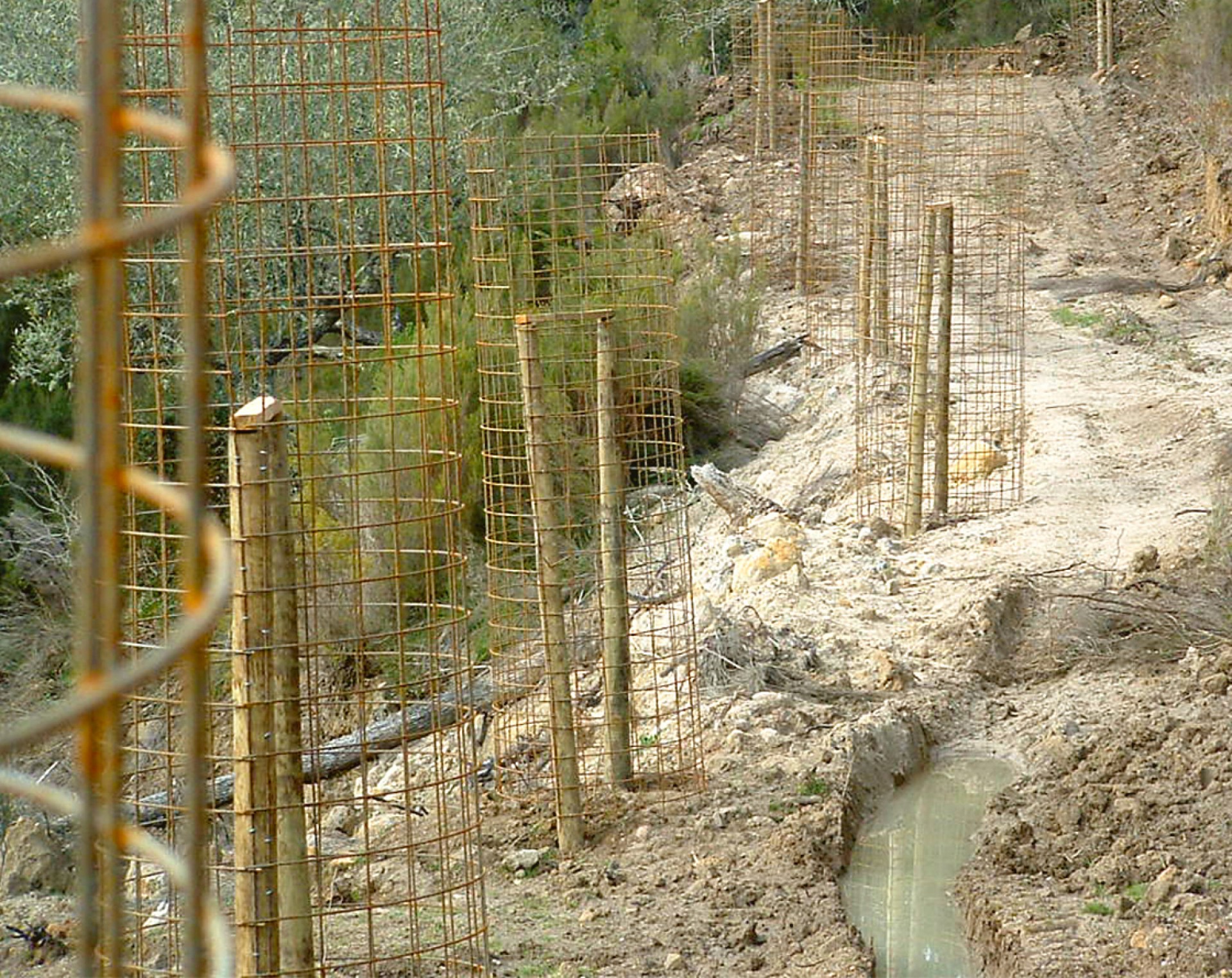
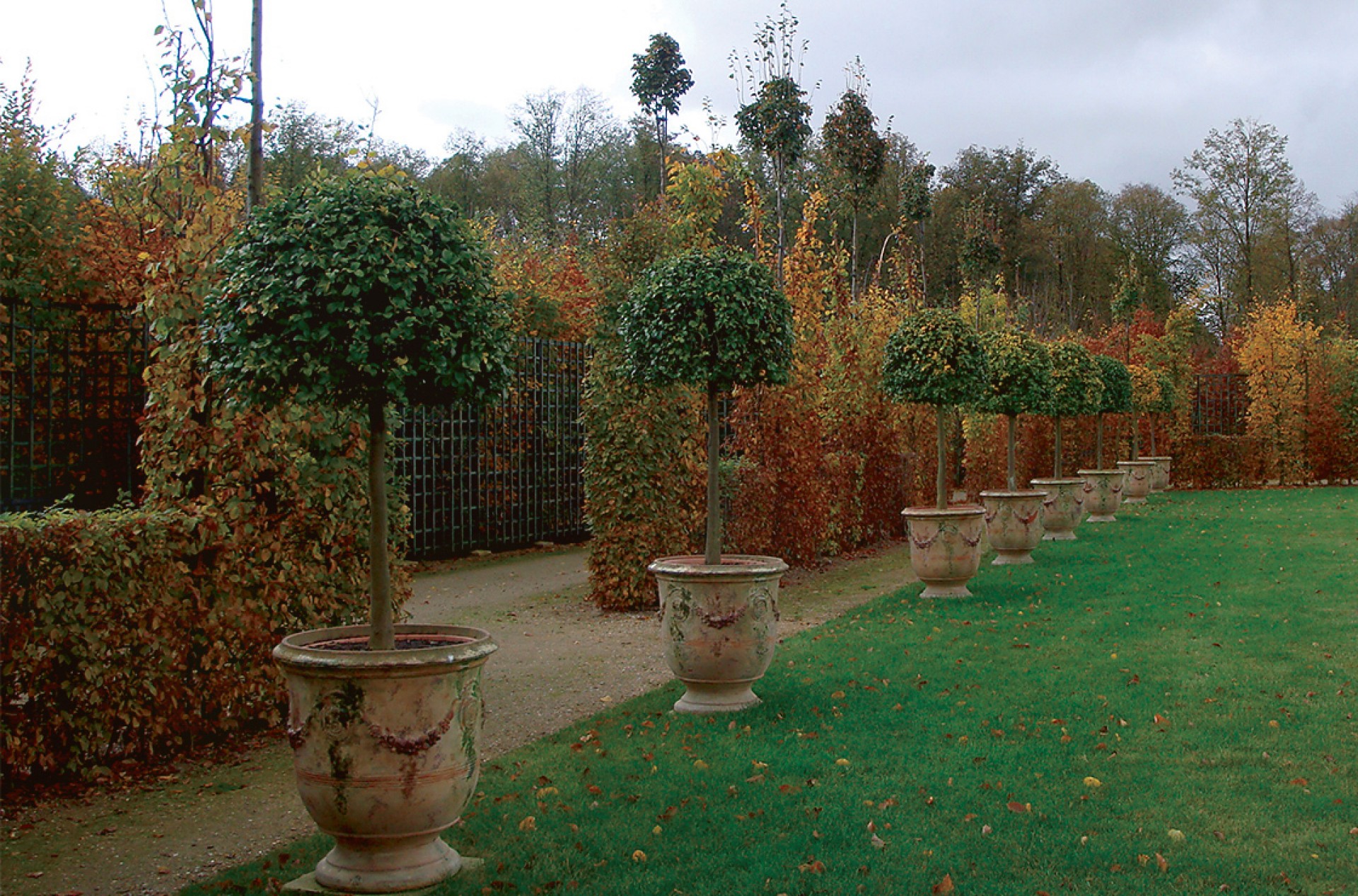
Following the storm of December 1999, the Park of the Grand Trianon was rendered a wasteland from which a few stone buildings emerged.
A project to restore the garden to its 1704 state had been about to be carried out, following a ten-year study by the architect in chief of historic monuments. Together with the project's partners, the Les Amis de Versailles society, the Foundation financed the replanting that allowed the Salle Triangulaire to be recreated as it would have been presented to visitors in 1704.
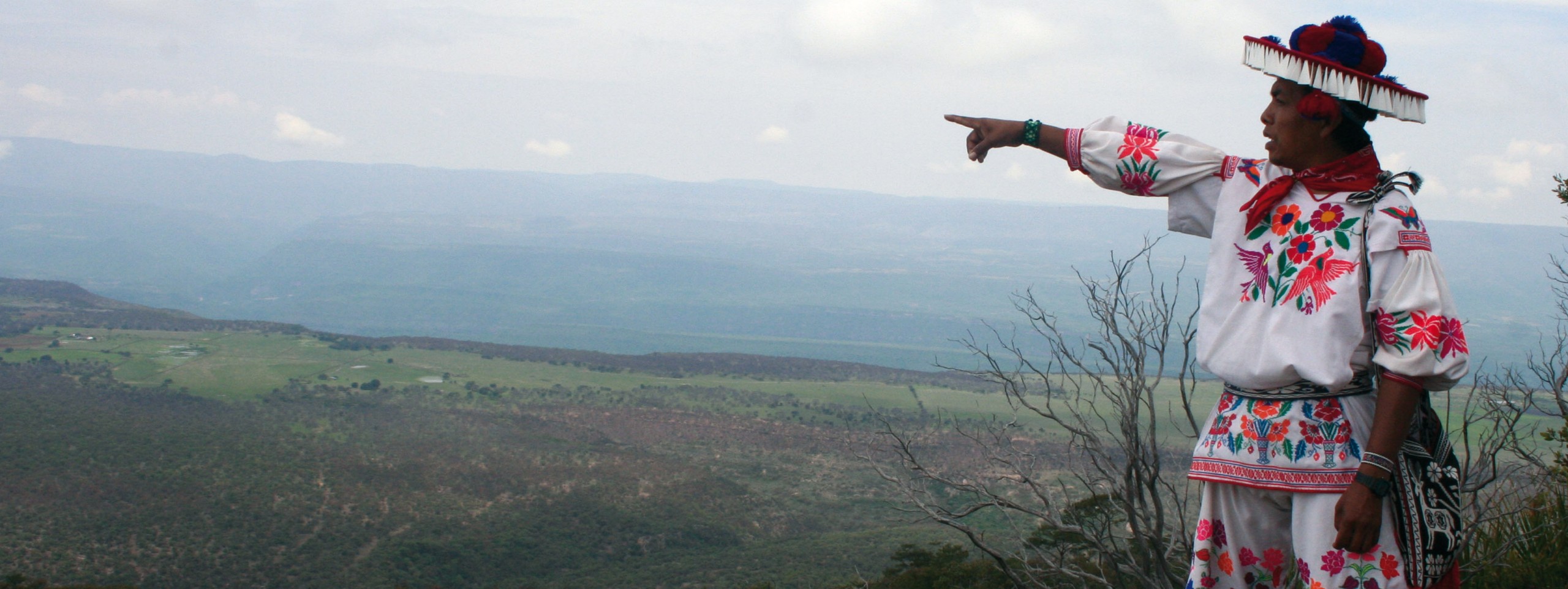
The Huichol pilgrimage route is a veritable “itinerant university” that is essential for the protection of this people’s culture. Crossing unique biotopes threatened by urbanisation and intensive agriculture, the route to the east of Zacatecas was named a natural reserve in view of its inclusion on UNESCO’s World Heritage list.
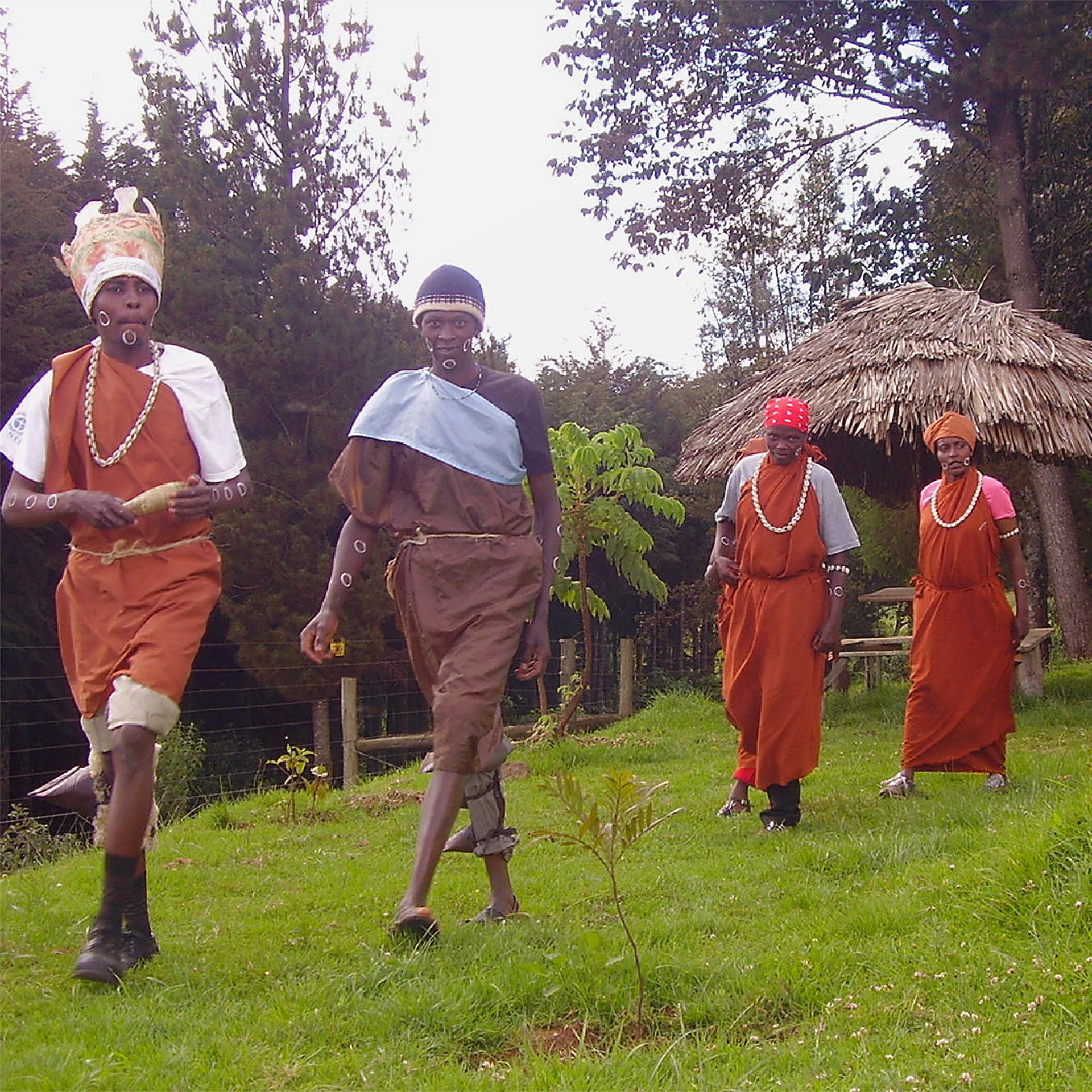
This project by the UICN, financed by the Foundation, ensured the conciliation between tourism and sustainable development while at the same time involving the local populations in its activities. It allowed a training course to be created for fauna wardens and guides, and signposts indicating authorised routes through the hills of the Kikuyu territory to be put in place.
The Musée du Bois (Wood Museum) of the Arboretum of the Aubonne Valley hosts a unique collection of historic objects and tools. This private institution asked the Foundation to finance the display cases of the new area created in an old farm. These new display cases are used to exhibit a collection dedicated to cooperage, an important activity in the Joux valley in the sixteenth and seventeenth centuries.
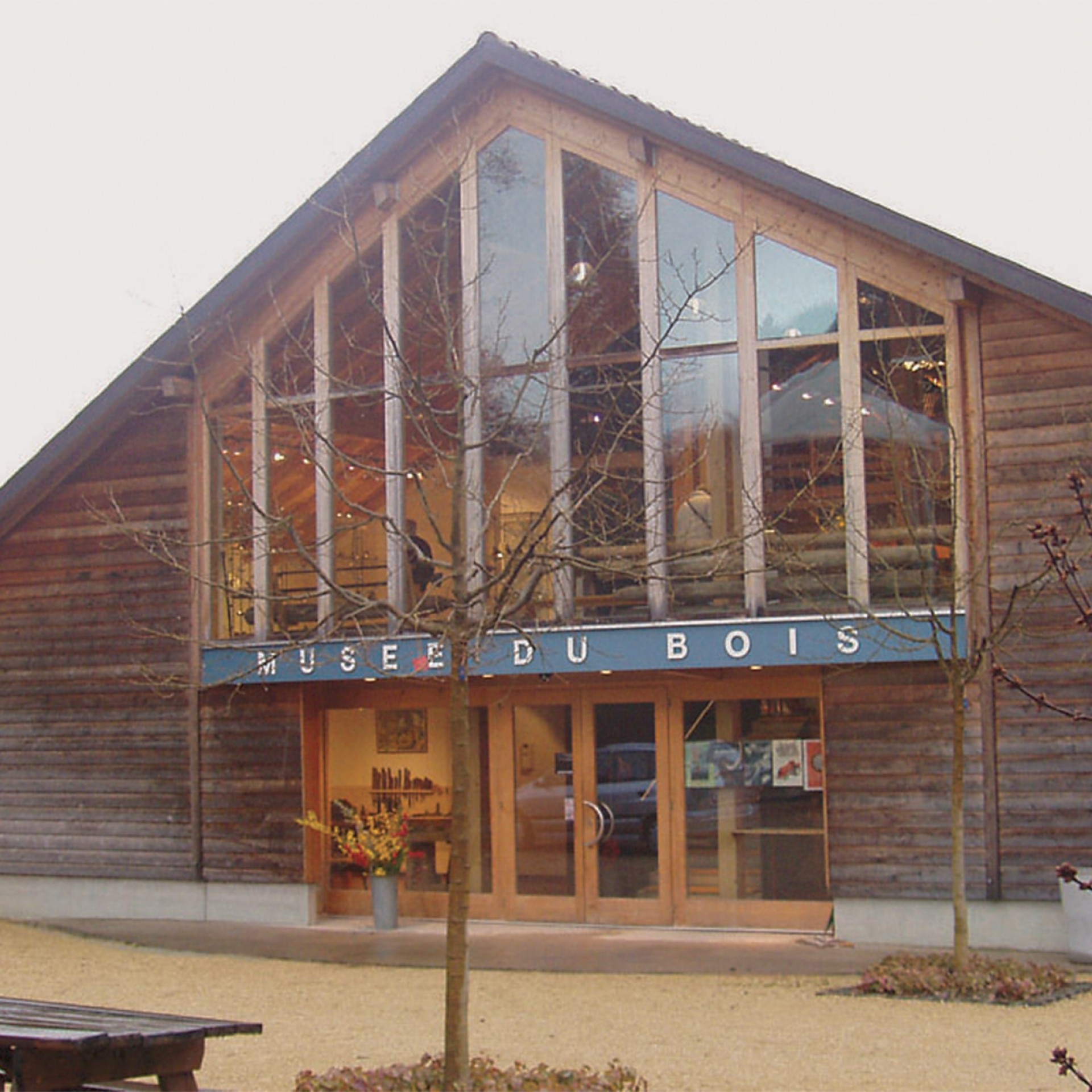
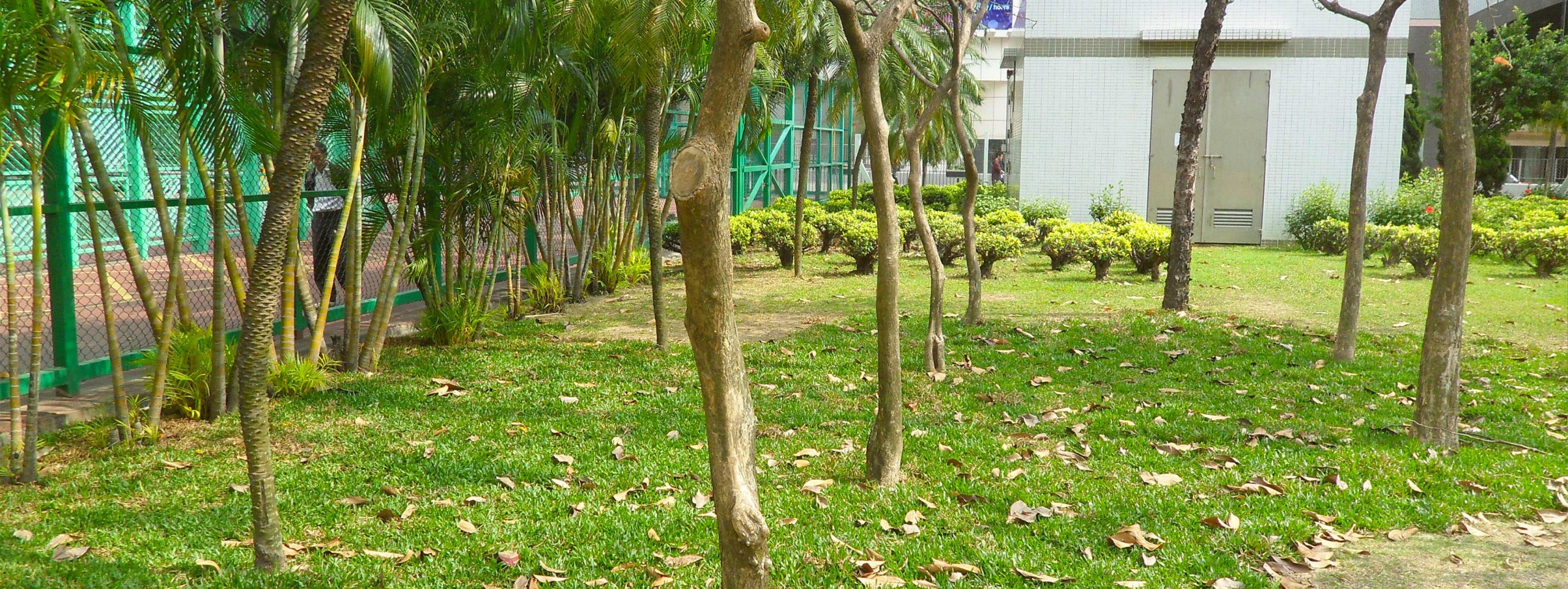
The “Hong Kong Society for the Protection of the Children” cares for over 2,500 children under the age of twelve in 25 specialised institutions.
In December 1998, a gala dinner raised the money required for a project to teach children about forest protection. In the spring of 1999, children participated in the planting of “their trees” in grounds belonging to the society. These new green spaces, which are highly precious in this over-urbanised city, have become areas of relaxation and allow the children to observe the growth of a wooded park.
The “Aide aux Enfants” association of Geneva manages seven homes for street children in Colombia. Every year, it calls upon sponsors to finance these homes.
An environmental awareness programme for the children- a totally new initiative for the country that will be used in the Association’s seven homes- was created in exchange for the Foundation’s sponsorship.
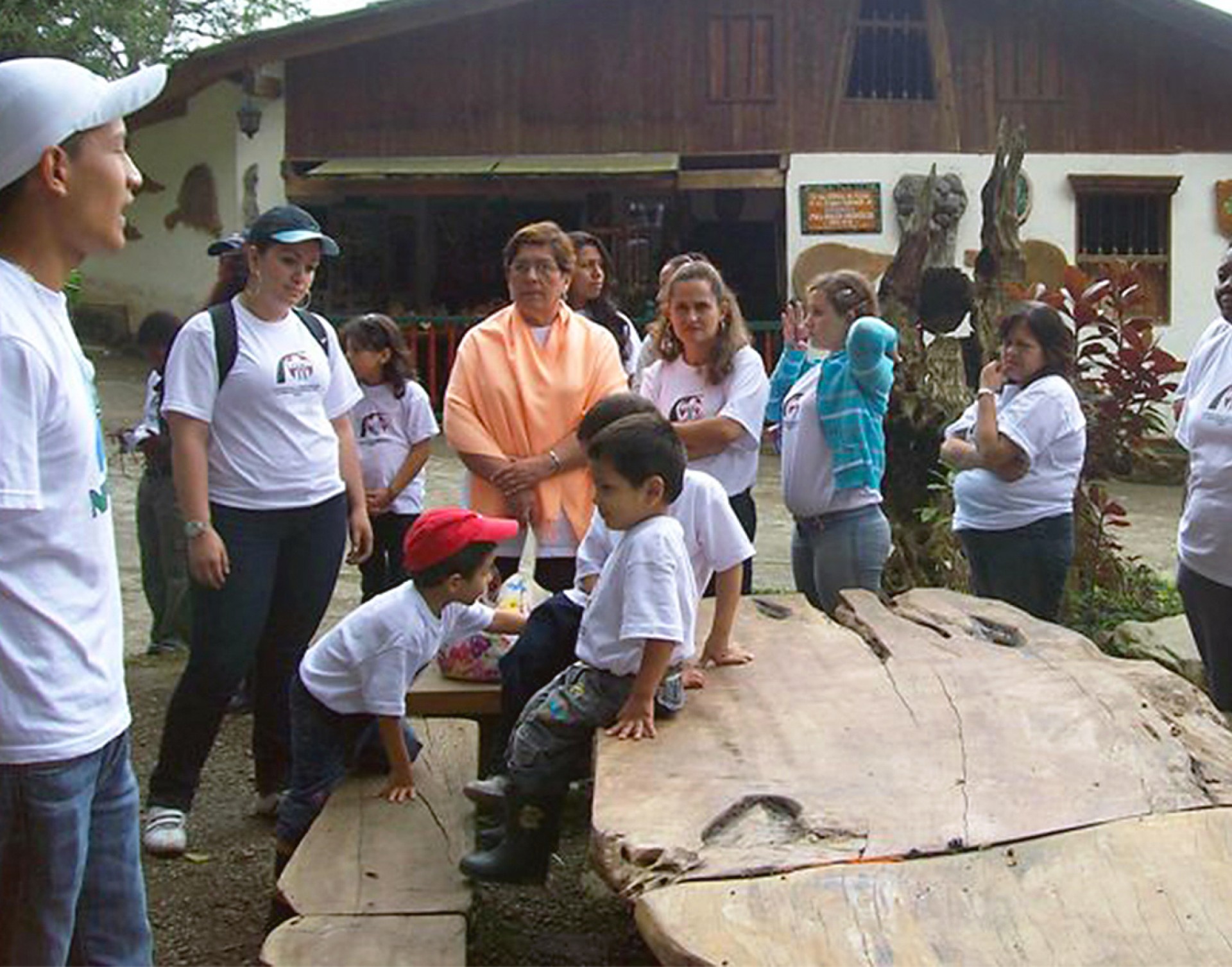
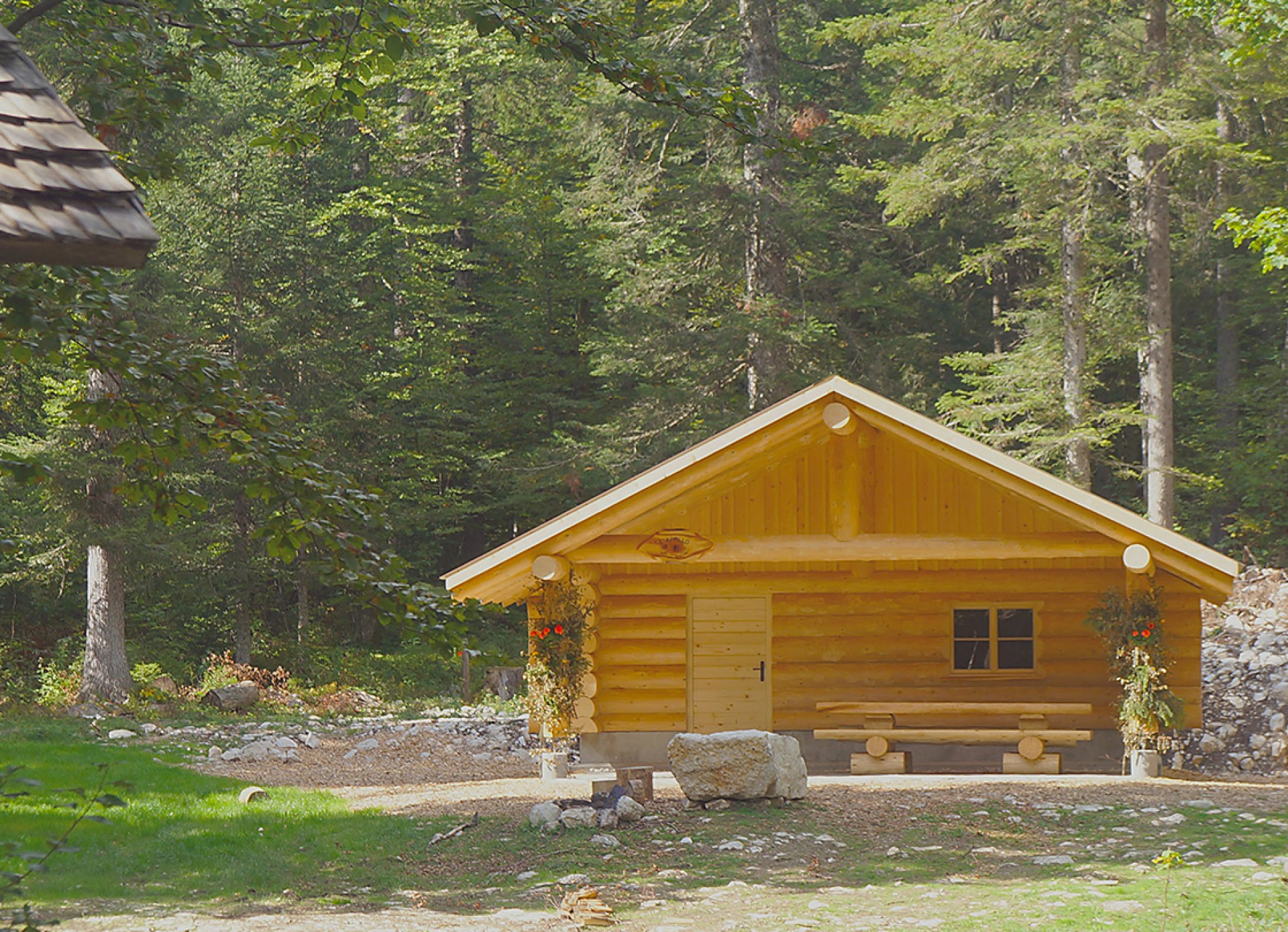
To mark the 130th anniversary of the Audemars Piguet Manufacture, the Foundation financed a “discovery trail” in the Risoud forest, one of the jewels of the Joux valley. Starting at a forest refuge, a pathway with ten information boards allows the flora, fauna and topography of the great forest of Risoud to be discovered.
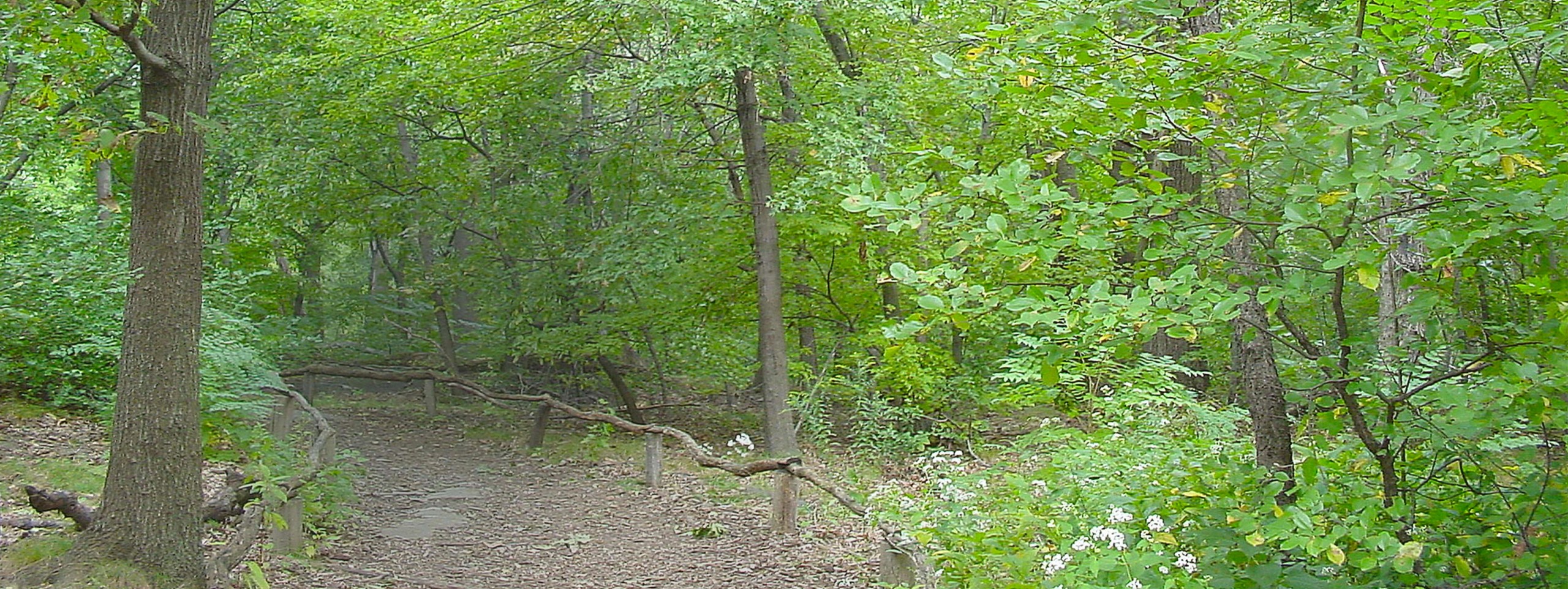
The New York botanical gardens in the Bronx include a forest of 16 hectares, what remains of the original forest that was cleared in order to build the city. The Audemars Piguet Foundation helped to finance a project to restore this preserved ecosystem in the heart of an urban area.
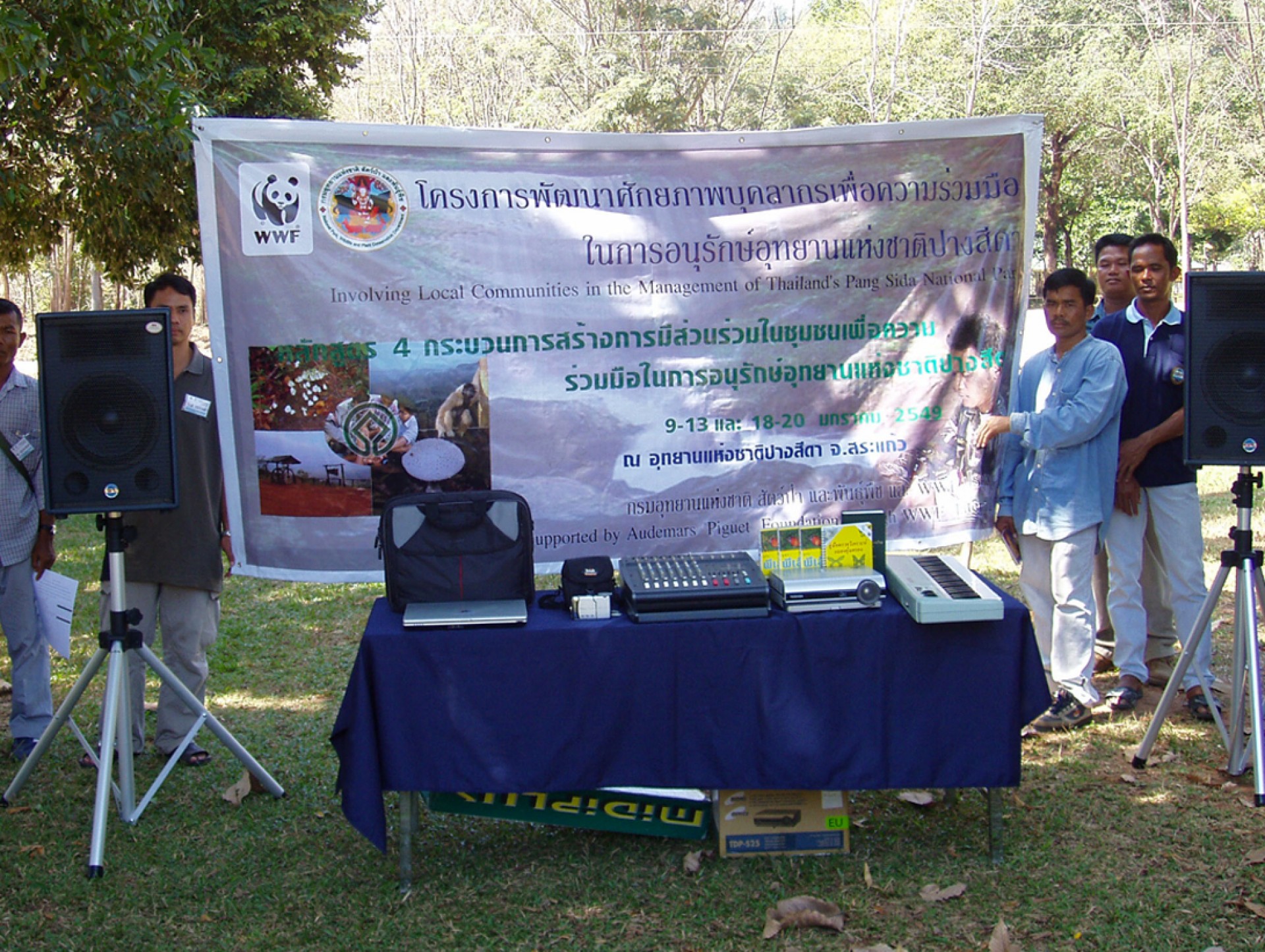
The inhabitants of the villages surrounding the Pang Sida Park felt that they were losing their hinterland when it was created in 1982.
The WWF of Thailand created an ambitious project for dialogue and awareness of environmental protection for around sixty wardens, village leaders and teachers.
The creation of a steering committee for the project on a long-term basis guarantees that both the villagers and the natural riches of the park will draw benefits.
Almost all of the tall fruit trees of Ajoie (canton of Jura) were uprooted by the storm of December 1999. Several indigenous species were threatened with extinction if urgent action was not taken.
The eighty trees of the Arboretum financed by the Foundation represent a genetic database of inestimable value. They allow the fight to be continued against the extinction of rustic species that are essential to the maintenance of the unique biodiversity of the Jura orchard.
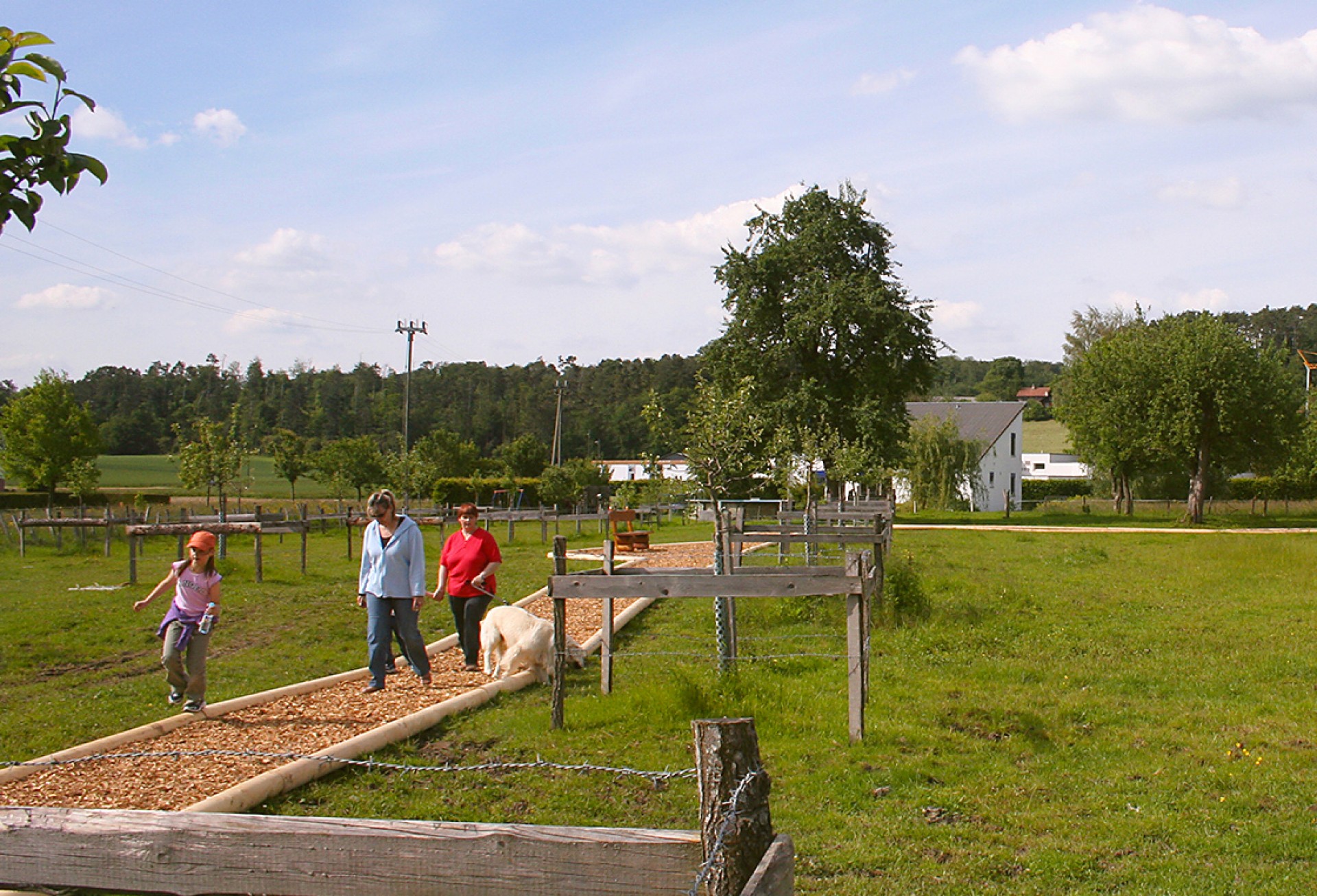
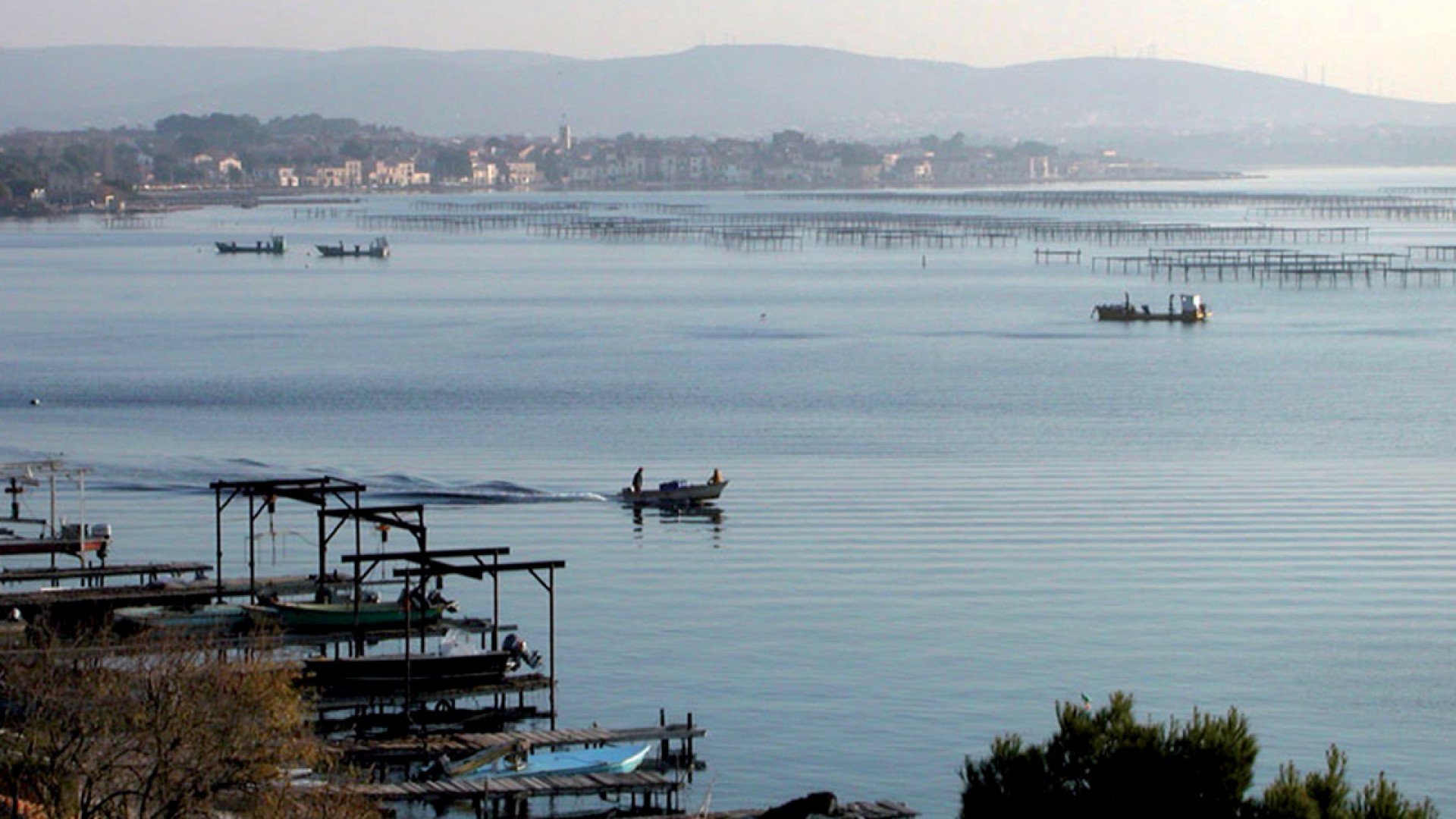
The program was the first to teach children about protecting the lagoon environment.
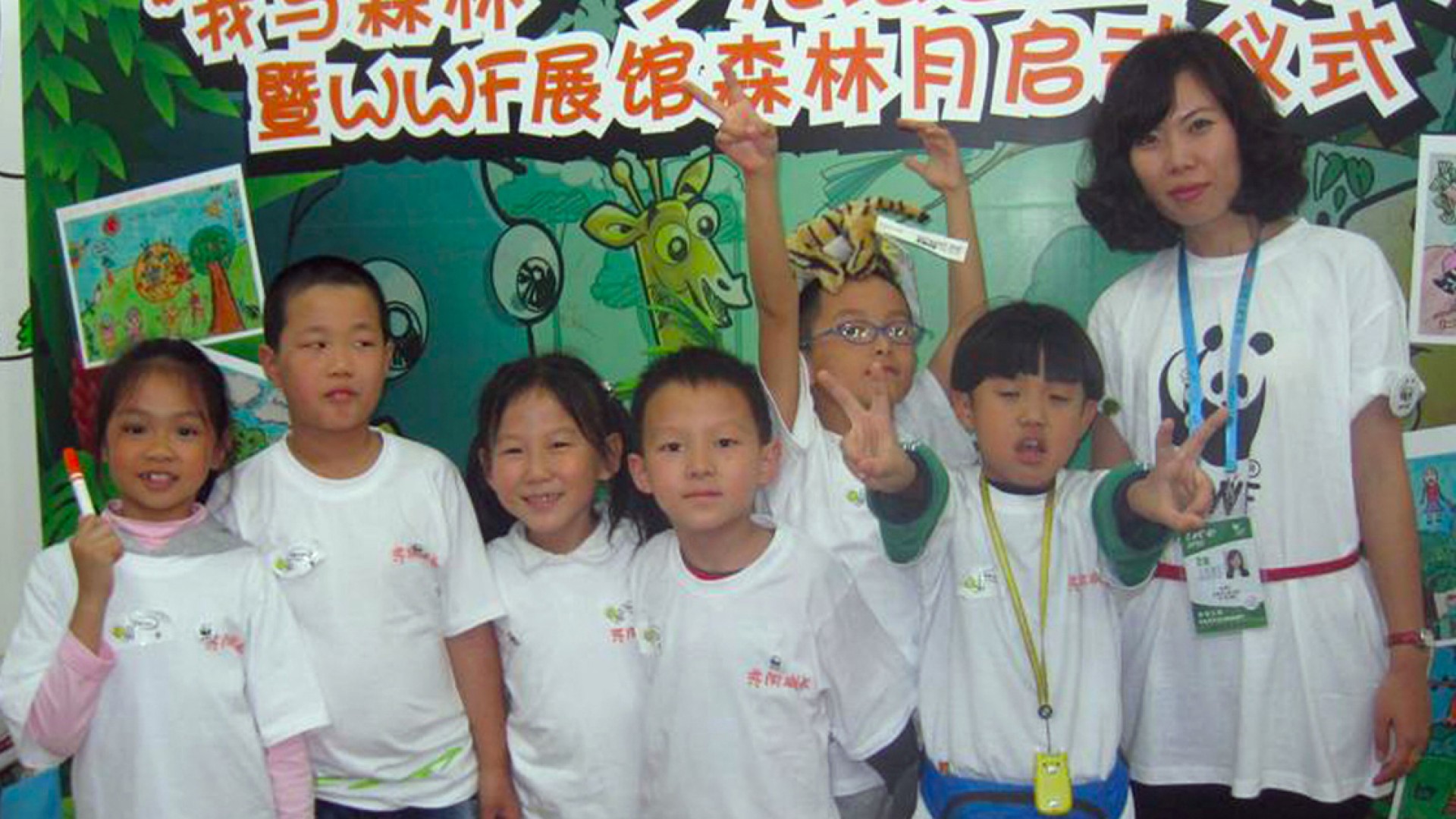
Thanks to funding from the Foundation, the training centre of WWF International in Beijing trained 300 youth workers.
To mark its tenth anniversary, the Fondation Audemars Piguet financed the first “International Evergreen Broad-Leafed Forest Culture Symposium”, a conference for tropical forest specialists, accompanied by awareness activities for children and the publication of educational works.
Groups of children planted trees on the site and tested the environmental awareness workshops, which were then offered to all interested classes.
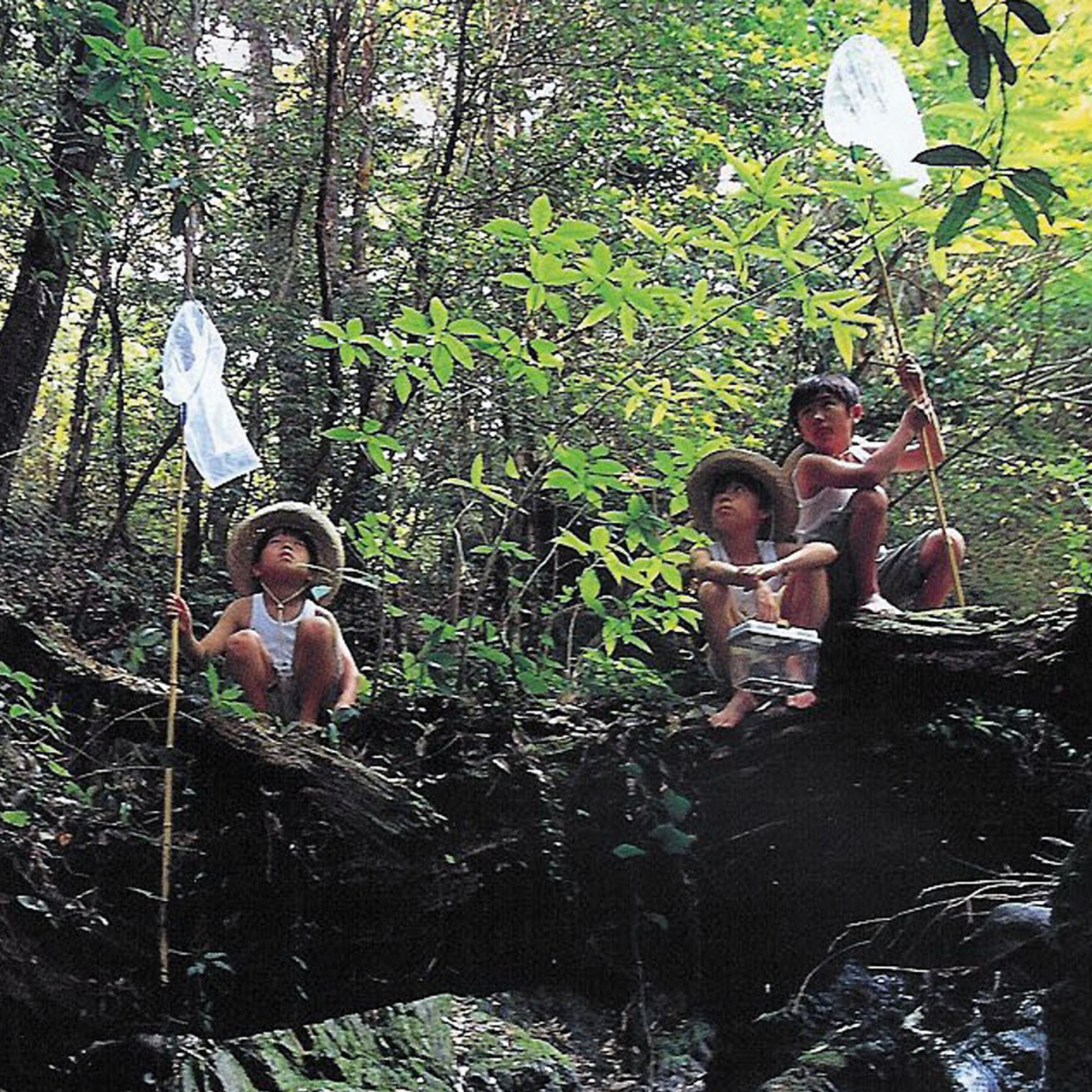
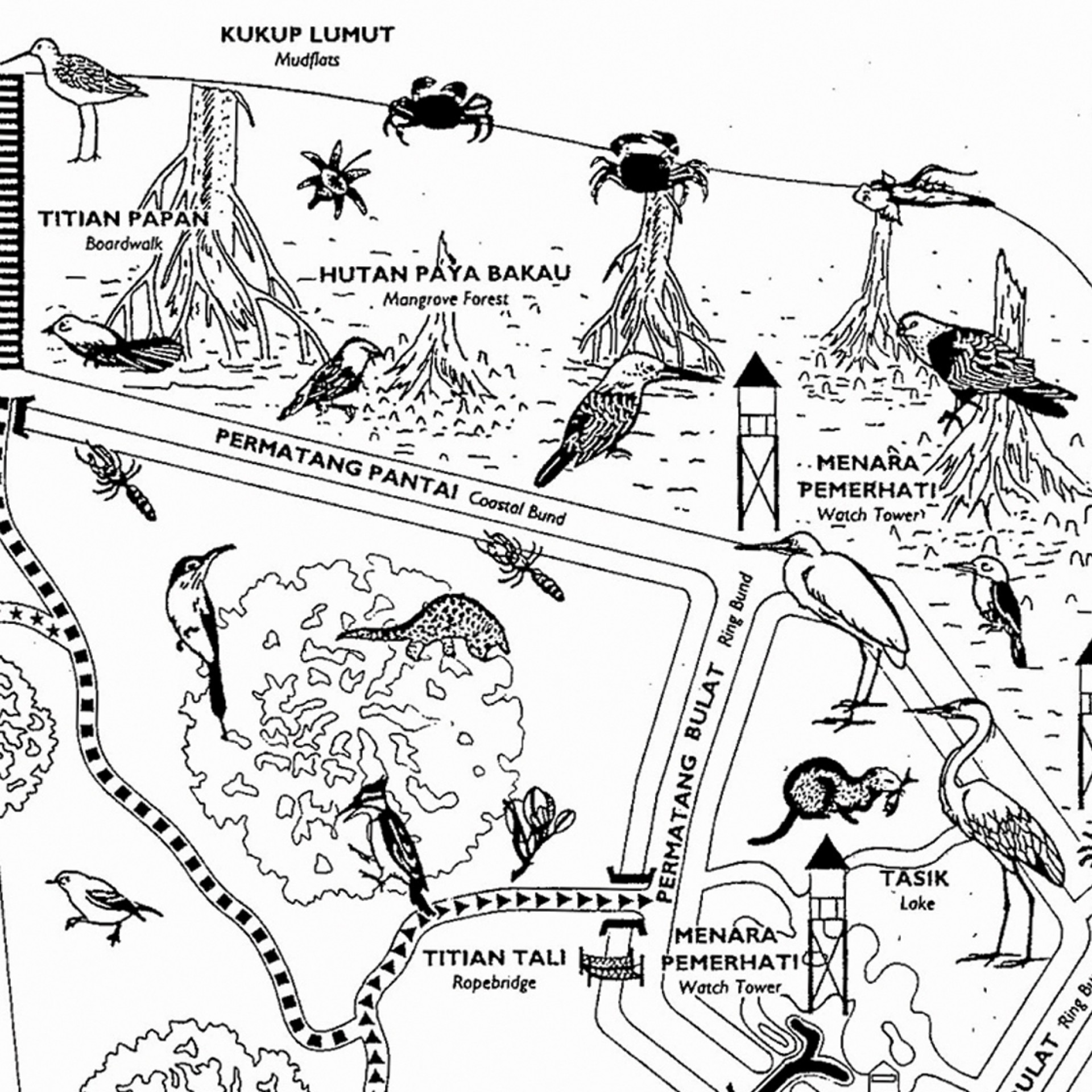
The Kuala Selangor park stretches over 320 hectares. This protected mangrove attracts numerous migrating birds who find in it a protected place to break their journey.
In order to contain the pressure from visitors, upon the request of the management the Fondation Audemars Piguet funded signposts throughout the park.
The oil from Allanblackia pods is used in the food and cosmetics industries. This oil is not currently used by locals. It can partially replace palm oil, representing an interesting diversification of the resources of rural communities.
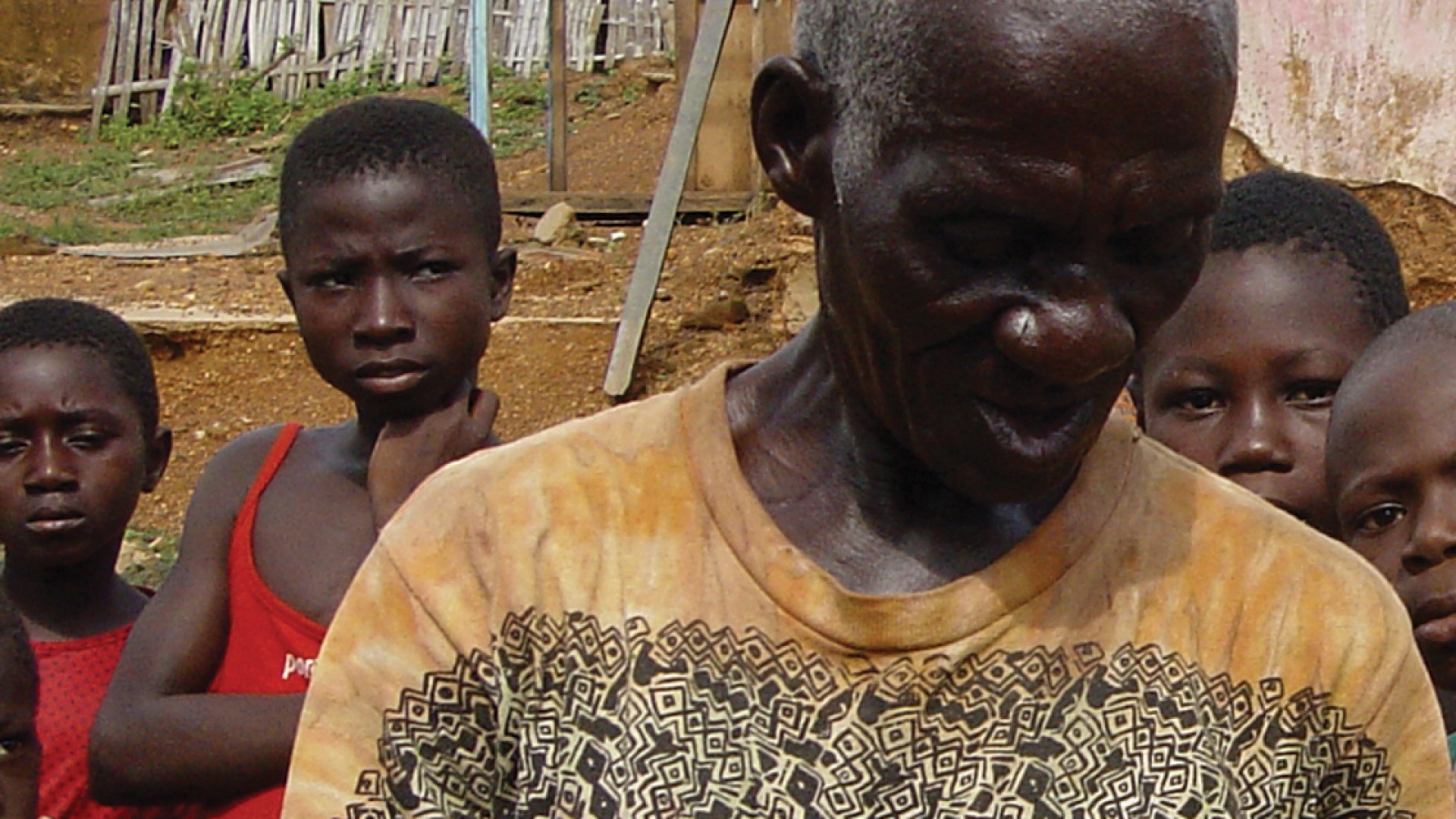
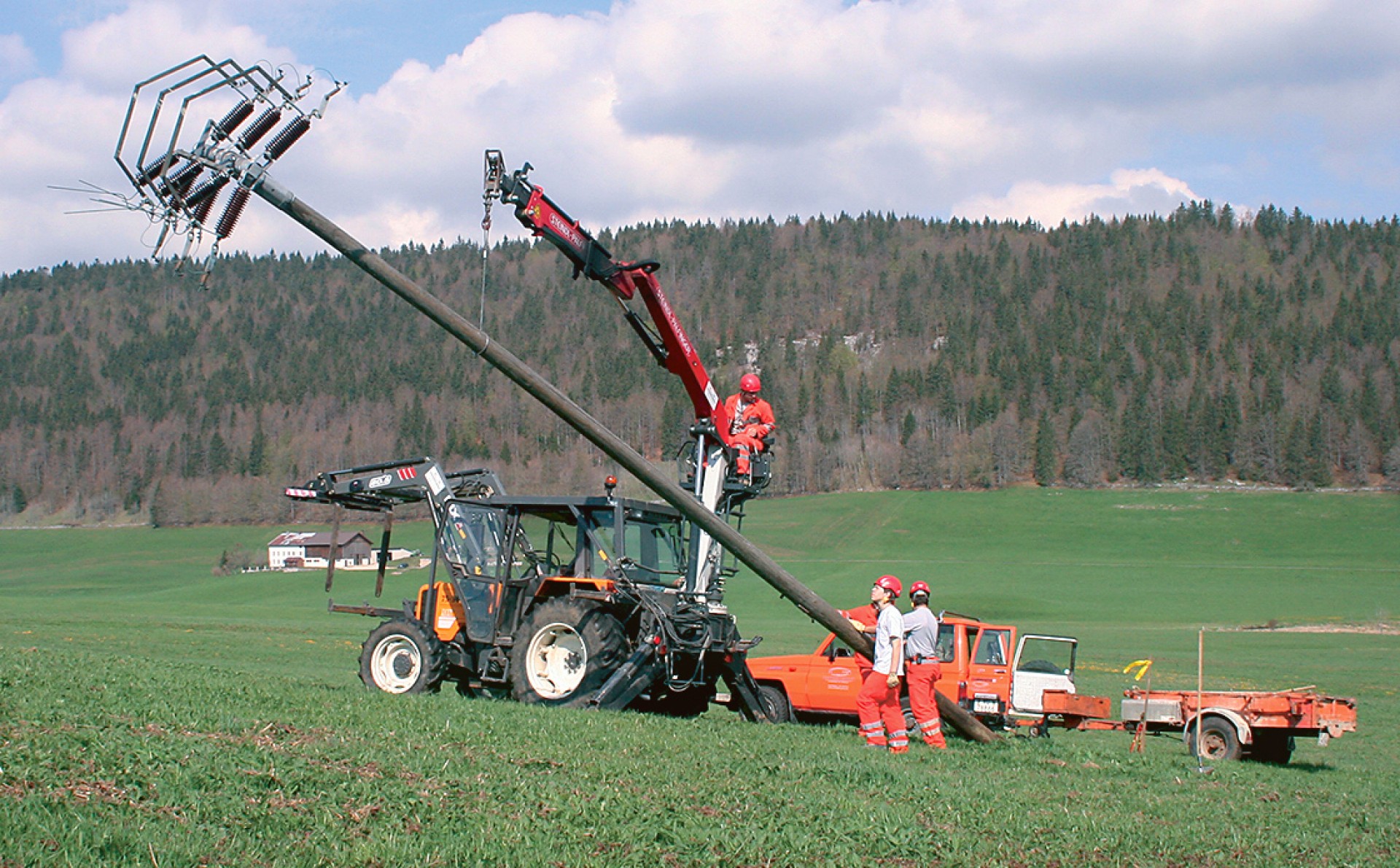
There are no visible high-voltage cables in the Joux valley: firstly, the Foundation helped to finance the creation of underground high-voltage cables around the Lac de Joux. It then funded the burial of the medium-voltage cables that crossed the nationally important high marshes of the Orbe valley.
In celebration of the 125th anniversary of the Manufacture, an ideas competition was launched amongst employees. It resulted in grants paid by the company to ten institutions who work with children in difficulty.
These included the nutrition centre for street children in Can Tho (Vietnam), two institutions in the Joux valley, a crèche and a centre for children with multiple disabilities and the French NGO “A Chacun son Everest” which organises mountaineering courses for children suffering from cancer.
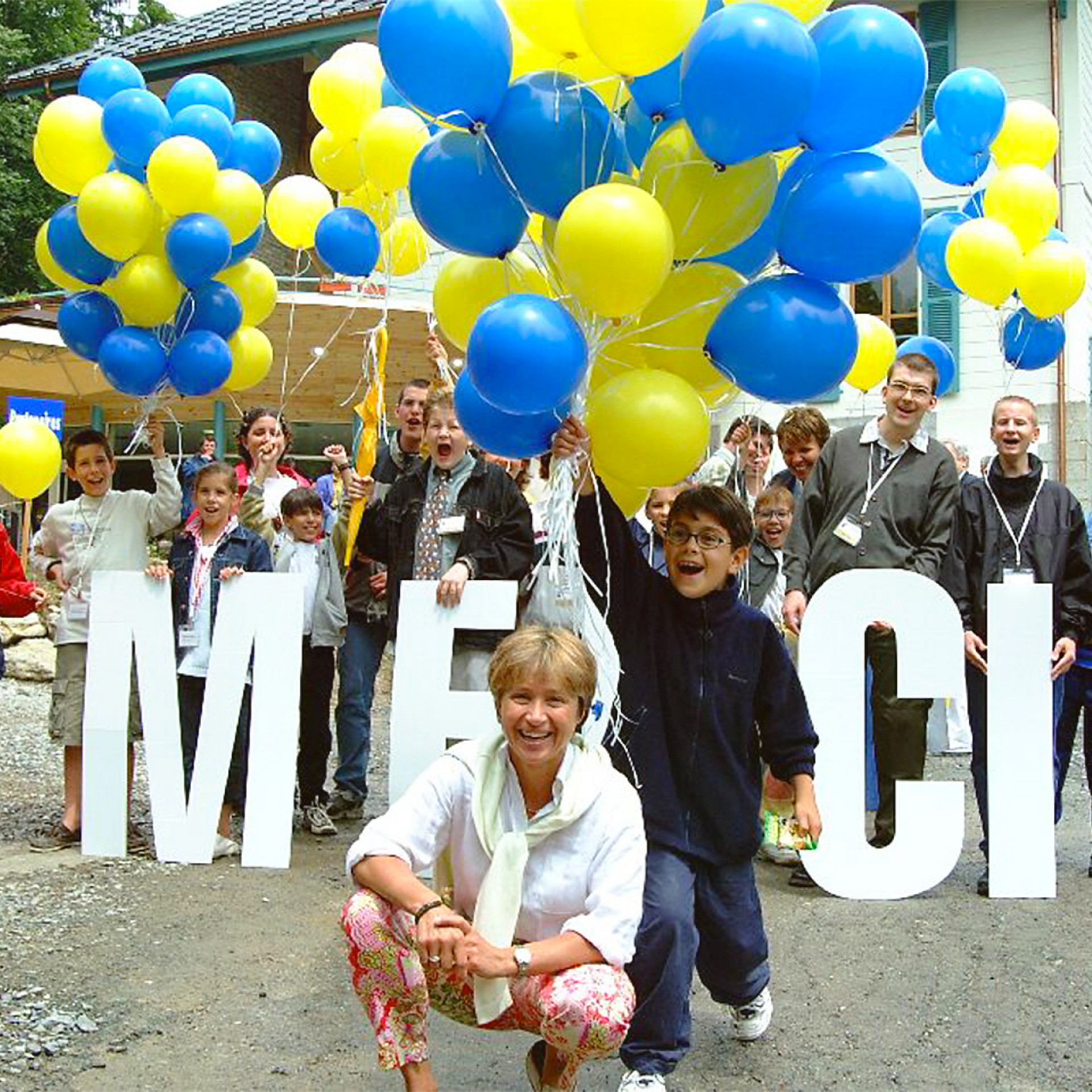
In order to re-establish a respect-based relationship with forests
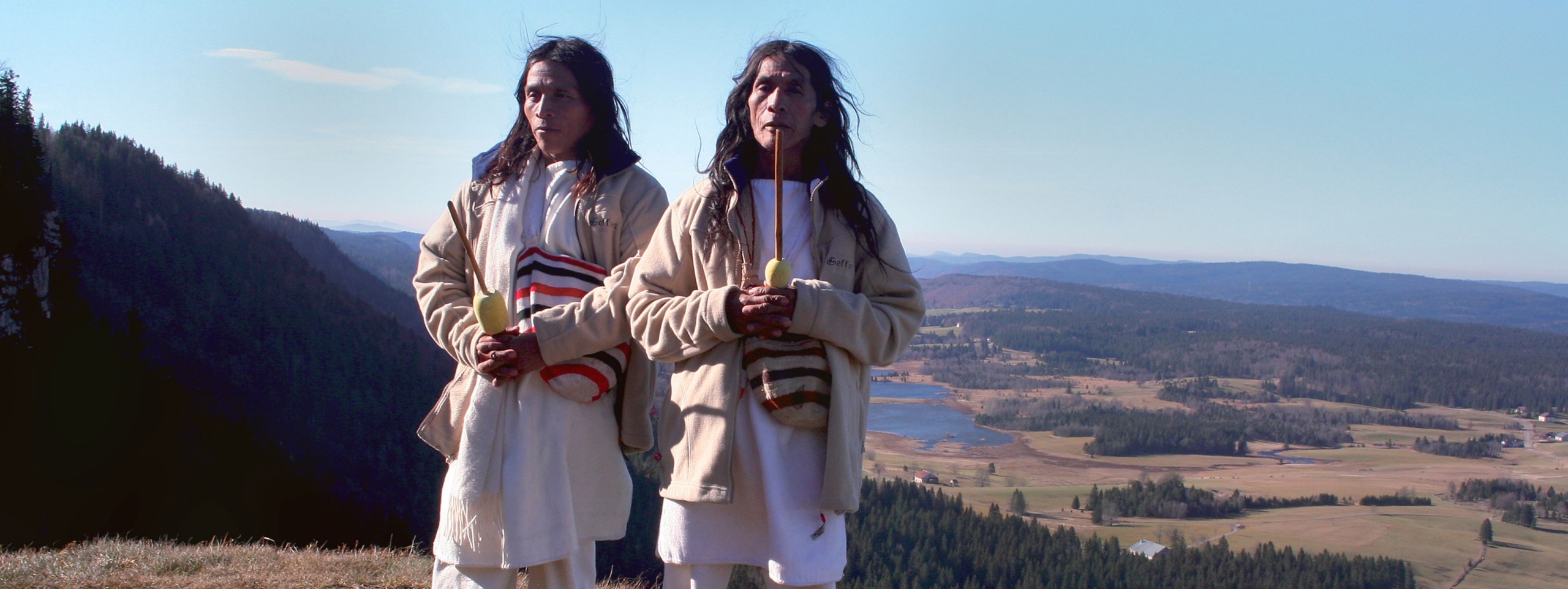
The Foundation financed the move of a dozen families to lands acquired by the NGO Tchendukua, dedicated to defending the Kogi Indians.
Their mission is to recreate the biodiversity of these lands, which have been dried out and polluted by intensive agriculture or desertified by the defoliants discharged within the context of the fight against drugs.
The Changins School of Agriculture has created a line of indigenous oak for cooperage and asked the Foundation to finance the creation of the “Terroir Chêne” (Land of the Oak) label. As every oak tree sold for cooperage is valued at over ten times the usual price for joinery or construction, this label helps to preserve Swiss oak forests.
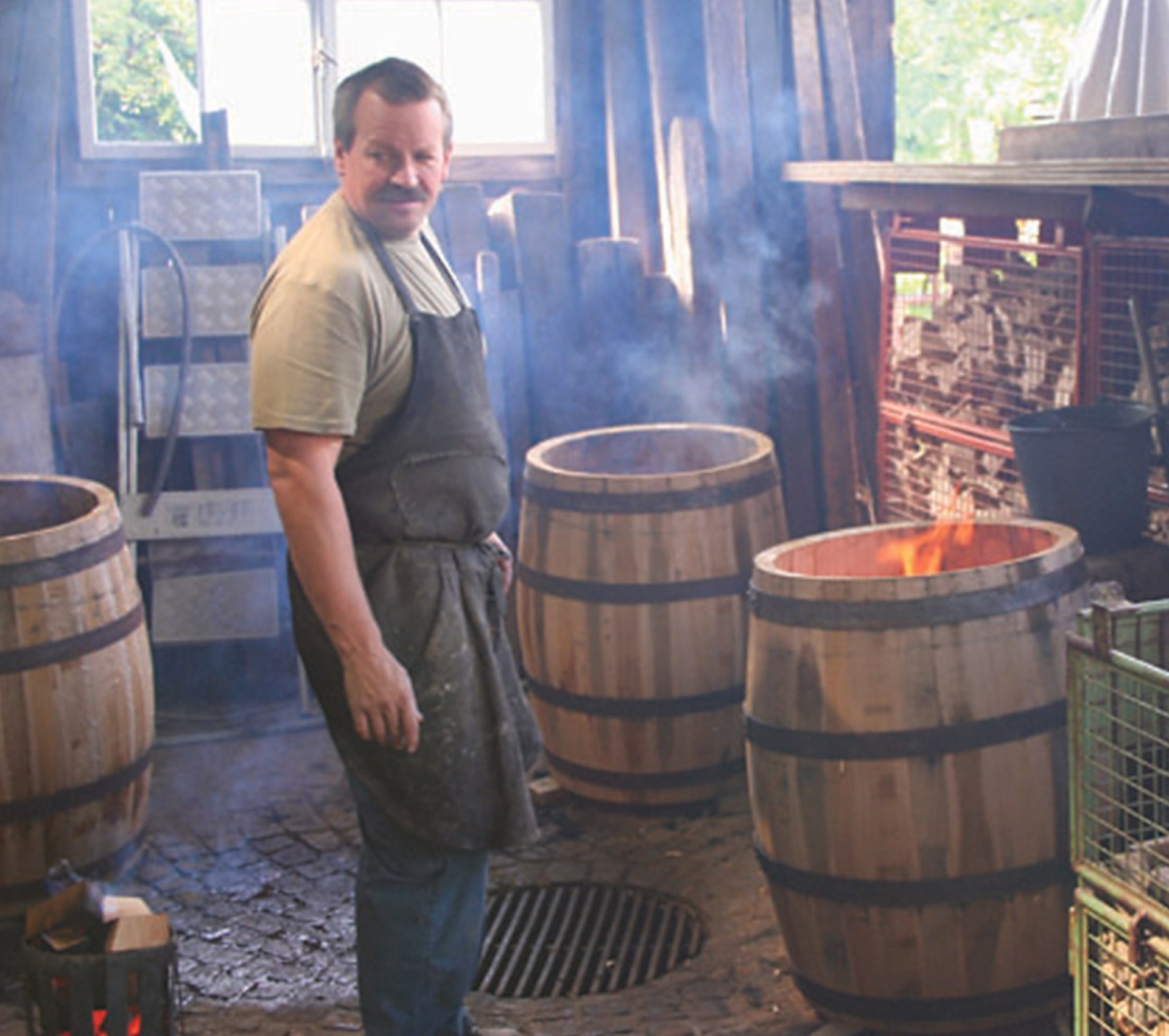
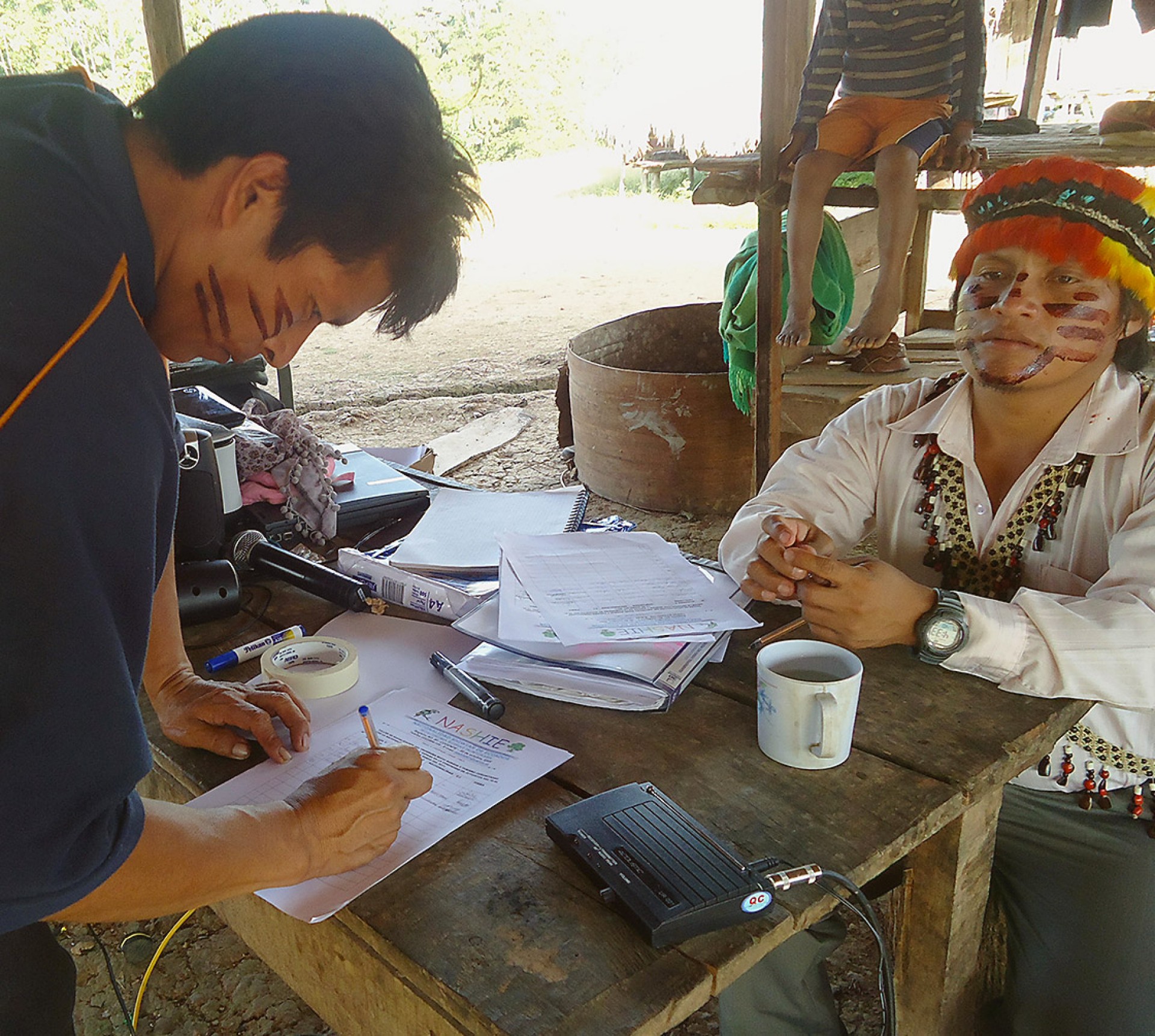
Following a request from indigenous organisations (the Shiwiar and Zaparas Indians) to find the means to conserve the biodiversity and promote their land themselves, the Foundation financed the training of eco-wardens in 20 villages, under the supervision of the NGO Arutam. Recognised by the authorities, this training was coupled with the classification of the forests of these villages as “inhabited forest reserves” according to the standards in force in Ecuador.
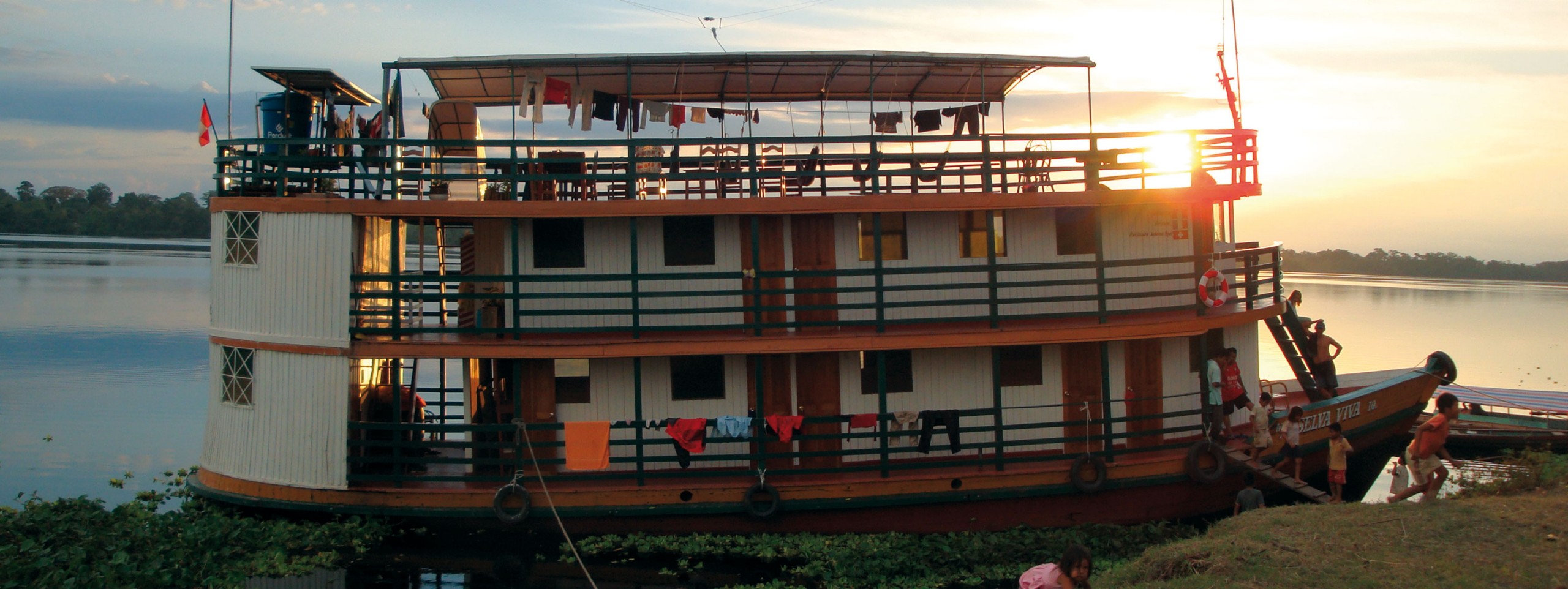
Financed by the Fondation Audemars Piguet, the “Selva Viva” sails across the Peruvian Amazon at the service of the Indians who have settled along the river and who are the greatest defenders of the Amazon rainforest.
The French NGO ARUTAM arranged for it to be constructed by unemployed people in Iquitos using traditional techniques.
The boat carries out scientific missions to review the plants used for traditional medicine, allows exchanges between Indian villages and, several months per year, hosts solidarity tourist trips that finance the vessel’s activities.
The UICN project financed by the Fondation Audemars Piguet aimed to increase beekeepers’ revenue by setting up a cooperative. It allowed workshops to be set up to produce traditional beehives, a technique that had been lost over time. Instead of cutting down trees as they had been doing for the past few decades, the beekeepers can once again collect honey from their hives without harming the forest.
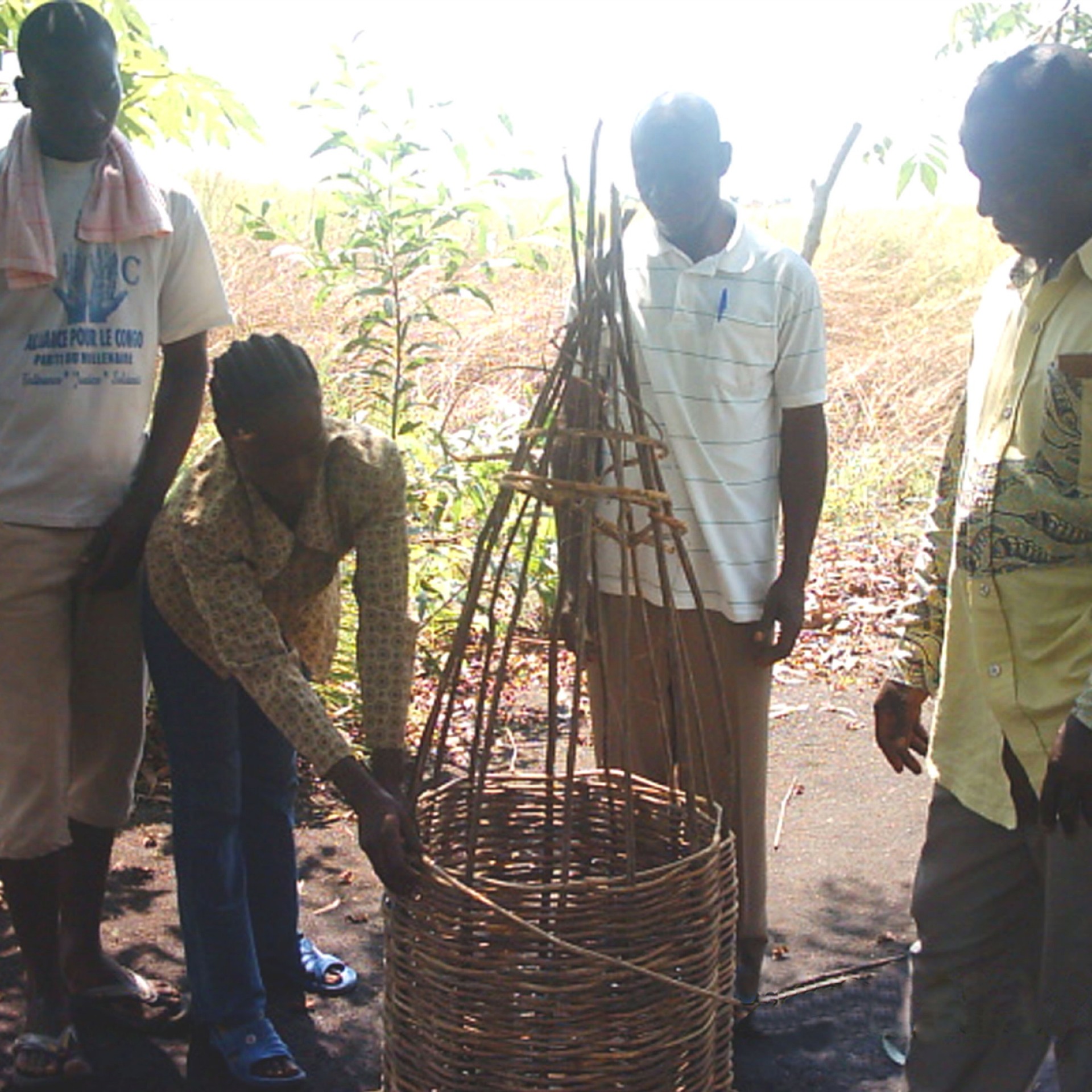
The "Jardin du temps" (“Garden of Time”) lets visitors journey back in time through the past 20 million years of the Jura mountains.
An educational garden open to the public, the Jardin du Temps presents the changing geology, flora and fauna of the vallée de Joux from the Palaeozoic Era to its oldest "inhabitant” discovered in 1969, a mammoth that died around 16,000 years ago.
The Foundation has funded the entire project.






.png.transform.apcollectioncarousel.png)










